Table of Contents
Introduction
AMETHYST
Species: Quartz
Amethyst is the violet, iron-bearing variety of α-quartz (SiO₂), celebrated for its vivid coloration, crystallographic complexity, and geological provenance.
Its signature purple hue, ranging from delicate lavender to deep, saturated violet results from trace amounts of iron (Fe³⁺) modified by natural gamma irradiation. This generates color centers within the quartz lattice. The most prized specimens exhibit intense, evenly distributed color, high transparency, and distinctive red or blue pleochroic flashes, which are hallmarks of well-formed trigonal crystals with optimal trace element alignment.
Top-quality amethysts are predominantly sourced from Zambia, which is known for producing stones with richly saturated, bluish-purple tones and minimal color zoning. Uruguay is also renowned for amethysts that are prized for their exceptional depth of color and clarity. Additionally, Brazil offers a broad range of tones, including the delicate Rose de France variety, which is recognized by its soft, lilac hue.
Historically linked to royalty, spiritual protection, and mental clarity, amethyst is the birthstone for February. It remains a favorite among gemologists, jewelers, and collectors, valued for its aesthetic appeal and mineralogical integrity.
In this article, we dive into the scientific depths of amethyst, from its physical properties to the chemistry behind its color and structure. And for those curious minds, we’ve also covered some of the most frequently asked technical questions along the way.



Classification
| Common Name | Amethyst |
| Species | Quartz |
Optical Properties
| Birefringence | 0.009 |
| Dispersion | Strength : Weak Fire Value : 0.013 |
| Fluorescence | SWUV: Inert to weak blue LWUV: Inert |
| Optic Character | Uniaxial |
| Optic Sign | Positive |
| Pleochroism | Dichroic, weak to moderate purple and reddish purple |
| Polariscope Reaction | Doubly Refractive (DR) |
| Refractive Index | 1.544-1.553 |
| Tolerance | Very constant |
| Transparency | Transparent - Translucent |
Physical Properties
| Cleavage | None |
| Density | 2.60 – 2.65 (g/cm3) |
| Mohs Hardness | 7 |
| Fracture | Conchoidal |
| Luster | Vitreous |
| Radioactivity: | Not Radioactive |
| Specific Gravity | 2.640-2.690 Range:0.03/-0.02 Typical:2.660 |
| Stability | Good |
| Streak | White |
| Luminescence | May be Triboluminescent; varies widely due to traces of impurities. |
| Toughness | Good |
| Reaction to mechanical & temperature stimulus | Piezoelectric and Pyroelectric |
| Inclusions | Amethyst is classified as a type II clarity gemstone. Color Zoning appears in the form of : soap scum, tiger stripes, zebra stripes Other inclusions include : crystals, negative crystals, liquid inclusions, two-phase inclusions, partially healed fractures, hematite needles. |
Chemistry
| Chemistry Classification | Silicate |
| Chemical Formula | SiO2 |
| Chemical Name | silicon dioxide (aka silica) |
| Crystal System | Trigonal |
| Molecular Weight | 60.08 gm |
| Molecular Composition | Silicon : 46.74 % Si Oxygen : 53.26 % O |
The 4Cs of Amethyst
Color
Amethyst is a purple to violet variety of quartz. Its purple tones arise from trace amounts of iron impurities within the quartz (SiO2) crystal lattice. The intensity of amethyst's color can range from pale lilac to deep purple.
Cuts
Amethyst is durable enough for various cuts but requires careful faceting to maximize its brilliance. Its refractive index (RI) of 1.544–1.553 means it does not sparkle as intensely as diamonds (RI ~2.42), but a well-executed cut enhances its luster. Brilliant cuts (like round and oval) optimize light reflection, while step cuts (like emerald or baguette) emphasize its depth of color.
Fancy or custom cuts can also highlight amethyst’s pleochroism, the ability to show different shades of purple depending on the viewing angle.
Clarity
Most amethyst used in jewelry is "eye-clean," meaning inclusions are not visible without magnification. Common inclusions can include features like feathers (internal cracks) or negative crystals (small cavities. Amethyst can be transparent to translucent.
Carat
Since amethyst has a specific gravity of 2.65 (similar to other quartz varieties), its weight-to-size ratio differs from denser gemstones like sapphire or diamond. This means a 1-carat amethyst will appear larger than a 1-carat diamond due to its lower density. Because amethyst is widely available, carat size does not dramatically impact price unless the stone has exceptional color saturation and clarity.
Types of amethyst

Read more about types of amethyst in detail here.
Pricing as per quality -
| Types of Amethyst | Characteristics | Amethyst Stone Price Range (per carat) |
|---|---|---|
| Siberian | Deep purple with red/blue flashes | $20 - $100 |
| Rose de France | Light lilac to pink | $3 - $30 |
| Chevron | Banded pattern | $5 - $50 |
| Brandberg | Blend of purple, clear and smoky quartz | $25 - $80 |
| Auralite | Purple with various mineral inclusions | $30 - $100 |
| Ametrine | Bi-colored stones with amethyst and citrine hues | $15 - $60 |
| Brazilian | Vibrant purple | $10 - $40 |
| Cape | Milky quartz with purple tones | $5 - $25 |
| Moss | Inclusions resembling moss or organic patterns | $15 - $50 |
| Pink | Soft pink hues | $20 - $60 |
| Purple | Light lavender to deep violet | $8 - $50 |
| Deep Purple | Rich uniform color | $30 - $80 |
History
Amethyst was first discovered in France approximately 25,000 years ago and was utilized by prehistoric people. The old records of amethyst dates back to ancient Egypt around 3000 B.C.E., where beaded amethyst bracelets were discovered in the tomb of Pharaoh Djer. By the time of the Egyptian "middle kingdom" (circa 2050 B.C.E. to circa 1750 B.C.E.), amethyst had become widely popular in Egyptian culture, with mines operating at Wadi El-Hudi.
The most enormous amethyst, known as "The Empress of Uruguay", was discovered in Uruguay in 20072. This geode is 3.27 meters (10.7 feet) tall and weighs 2.5 tons12. This centerpiece is displayed at the Crystal Caves Museum in Atherton, Australia.
Learn how to clean and care for your amethyst gemstone.
To learn more about Amethyst please refer to these articles -
- Gemstone 101 : Amethyst
- Geologist vs. Gemologist: How They See the Same Amethyst Differently
- How to Identify Premium Amethyst: A Buyer’s Guide to Quality, Grades & Value
Frequently Asked Questions
Q: What causes the purple color in amethyst?
The purple hue in amethyst results from trace amounts of iron (Fe³⁺) within the quartz structure, which changes due to natural gamma irradiation. This process forms color centers that absorb specific wavelengths of light, producing shades from pale lilac to deep violet.
Q: What is Brazil-law twinning in amethyst?
Brazil-law twinning is a specific type of twinning found in quartz crystals, including amethyst. It occurs when two crystal sections grow in symmetrical but reversed orientations. Under polarized light, this appears as alternating light and dark bands. It’s an important diagnostic feature in gemological microscopy.
Q: How can you distinguish natural amethyst from synthetic or heat-treated stones?
Natural amethyst often displays color zoning, inclusions, and Brazil-law twinning when viewed under magnification. In contrast, synthetic stones may lack these characteristics and exhibit an unnatural uniformity.
Heat-treated amethyst can change to a yellow-orange hue, resembling citrine, or may lose its saturation. To confirm authenticity, spectroscopic analysis and advanced laboratory testing can be conducted.
Q: Does amethyst fade over time?
Yes, amethyst can fade if exposed to prolonged sunlight or intense heat. UV exposure can alter the iron oxidation state, weakening or removing the color centers that create its violet hue. Hence, it’s always best to store amethyst away from direct light sources.
Q: What are the ideal conditions for amethyst crystal formation?
Amethyst typically forms in silica-rich volcanic or hydrothermal environments where temperature, pressure, and fluid chemistry allow iron-bearing quartz to crystallize slowly. These conditions support large, well-formed crystals with deep color saturation and minimal inclusions.
Q: Which regions produce the highest quality amethyst?
Top-grade amethyst is sourced from:
- Zambia – deep bluish-purple tones with strong saturation.
- Uruguay – intense, dark purple with excellent clarity.
- Brazil – a range of hues, including Rose de France amethyst with soft lilac coloring.
These localities offer the geological conditions required for optimal crystal growth and coloration.
Q: What is pleochroism in amethyst, and how does it affect appearance?
Pleochroism refers to the optical phenomenon where a crystal displays different colors when viewed from different angles under polarized light. In high-quality amethyst, this manifests as flashes of red or blue alongside its primary purple hue.
The effect is due to the anisotropic nature of quartz and the orientation of iron-induced color centers within the crystal lattice. Pleochroism enhances the visual depth and richness of well-cut stones.
Q: How does crystal habit affect the cutting and value of amethyst?
Amethyst typically forms in prismatic or geode crystal habits. Stones from geodes can offer large, internally clean sections ideal for faceting. However, crystal orientation must be carefully considered during cutting to optimize color presentation and avoid visible zoning or twinning lines.
Proper orientation can enhance brilliance, symmetry, and pleochroic effects, directly impacting the gem's aesthetic appeal and market value.
Visited 142 No. of Time(s), 12 Visit(s) Today
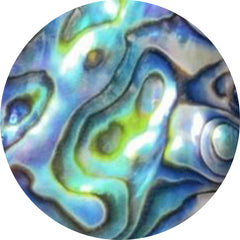 Abalone shell (122)
Abalone shell (122)
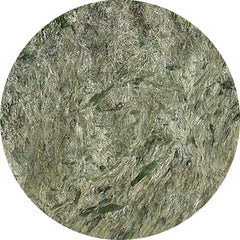 Actinolite (1)
Actinolite (1)
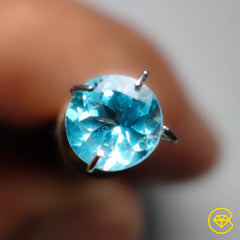 Affordable gemstones (17107)
Affordable gemstones (17107)
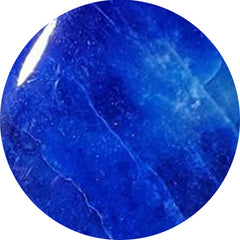 Afghanite (7)
Afghanite (7)
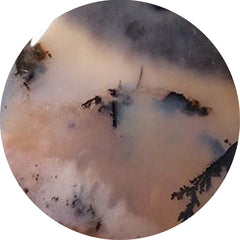 Agate (2480)
Agate (2480)
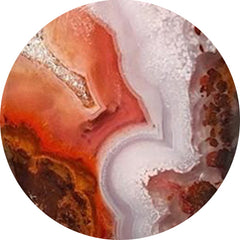 Agua nueva (11)
Agua nueva (11)
 All gemstones (1)
All gemstones (1)
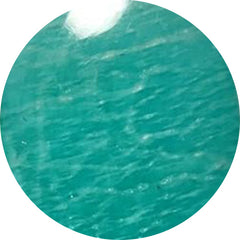 Amazonite (154)
Amazonite (154)
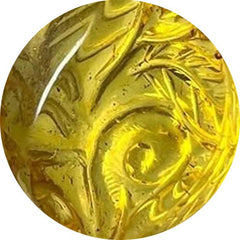 Amber (116)
Amber (116)
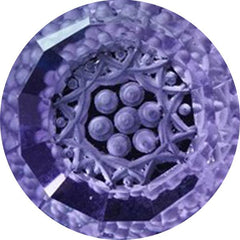 Amethyst (572)
Amethyst (572)
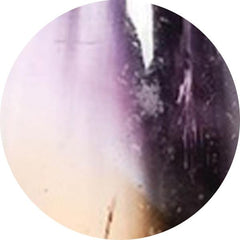 Ametrine (22)
Ametrine (22)
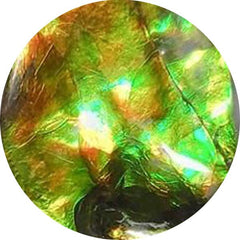 Ammolite (26)
Ammolite (26)
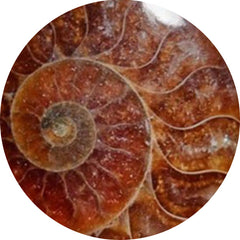 Ammonite (72)
Ammonite (72)
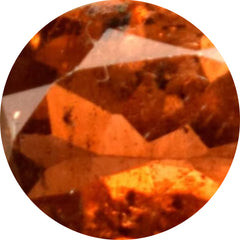 Andalusite (1)
Andalusite (1)
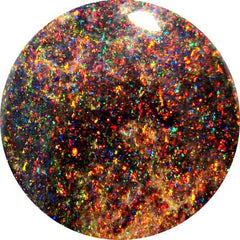 Andamooka opal (0)
Andamooka opal (0)
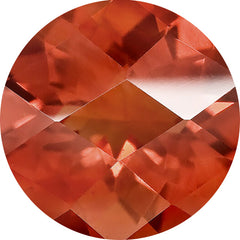 Andesine (0)
Andesine (0)
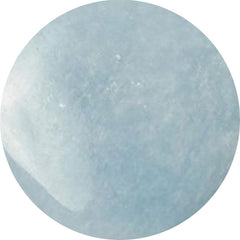 Angelite (28)
Angelite (28)
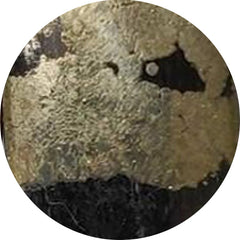 Apache gold (22)
Apache gold (22)
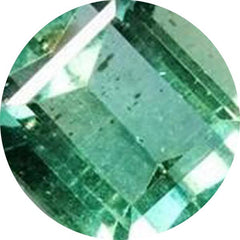 Apatite (134)
Apatite (134)
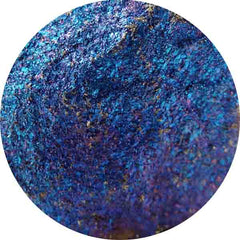 Apophyllite (1)
Apophyllite (1)
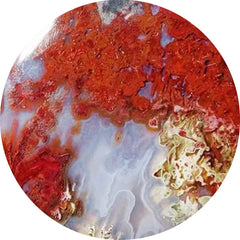 Apple valley agate (0)
Apple valley agate (0)
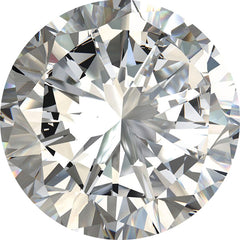 April birthstone (1846)
April birthstone (1846)
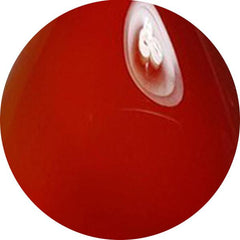 Aqeeq (0)
Aqeeq (0)
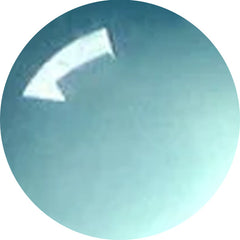 Aqua chalcedony (18)
Aqua chalcedony (18)
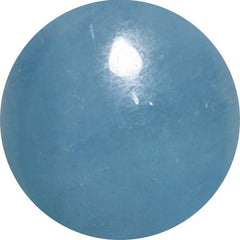 Aquamarine (79)
Aquamarine (79)
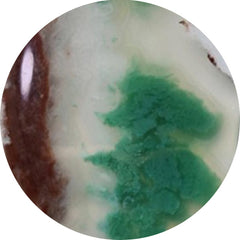 Aquaprase (64)
Aquaprase (64)
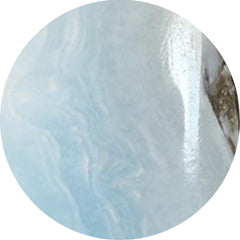 Aragonite (16)
Aragonite (16)
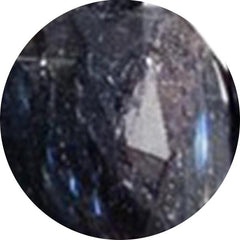 Arfvedsonite (12)
Arfvedsonite (12)
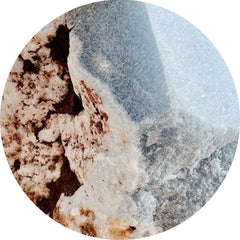 Aristolite (0)
Aristolite (0)
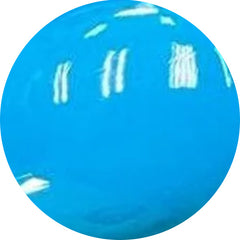 Arizona turquoise (0)
Arizona turquoise (0)
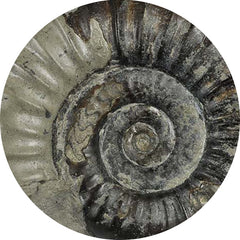 Arnioceras semicostatum fossil (0)
Arnioceras semicostatum fossil (0)
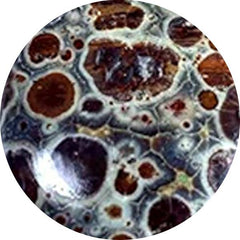 Asteroid jasper (11)
Asteroid jasper (11)
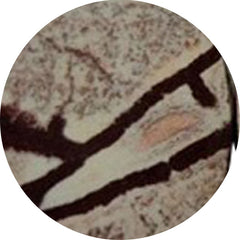 Astrophyllite (54)
Astrophyllite (54)
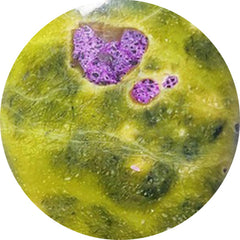 Atlantasite (87)
Atlantasite (87)
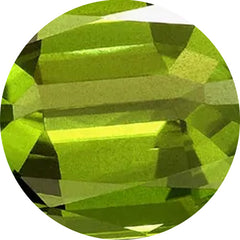 August birthstone (93)
August birthstone (93)
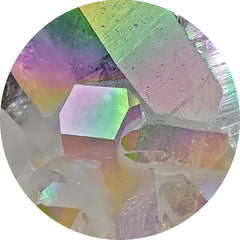 Aura quartz (0)
Aura quartz (0)
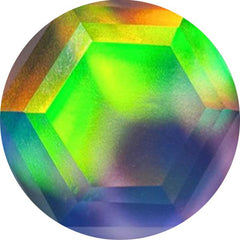 Aurora opal (314)
Aurora opal (314)
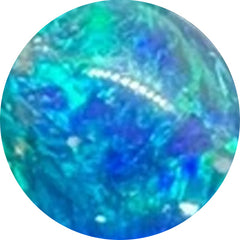 Australian opal (19)
Australian opal (19)
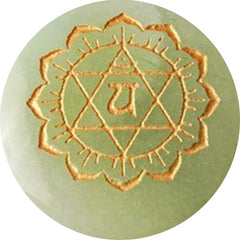 Aventurine (64)
Aventurine (64)
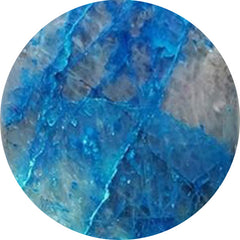 Azurite (281)
Azurite (281)
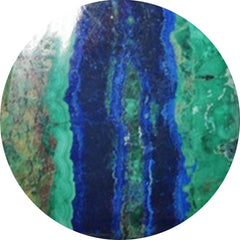 Azurite malachite (19)
Azurite malachite (19)
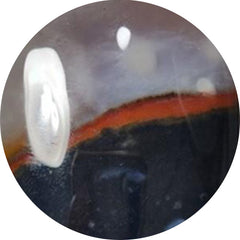 Banded agate (79)
Banded agate (79)
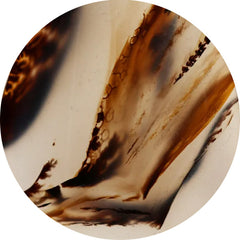 Barber agate (0)
Barber agate (0)
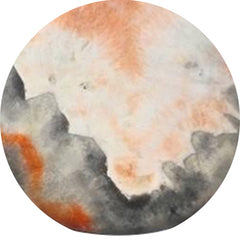 Barite (13)
Barite (13)
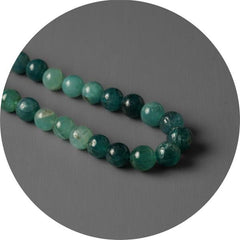 Beads (51)
Beads (51)
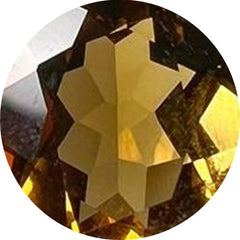 Beer quartz (23)
Beer quartz (23)
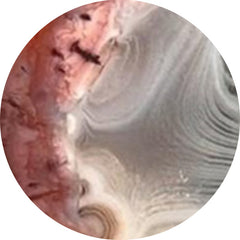 Berber agate (4)
Berber agate (4)
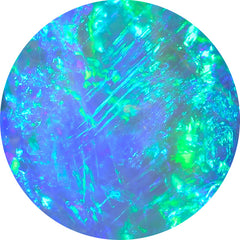 Best seller (0)
Best seller (0)
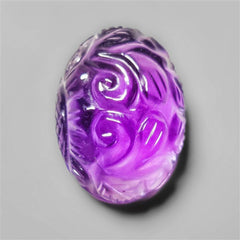 Bestsellers: a selection of our most-loved stones (450)
Bestsellers: a selection of our most-loved stones (450)
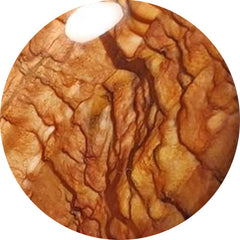 Biggs jasper (29)
Biggs jasper (29)
 Bird carving (104)
Bird carving (104)
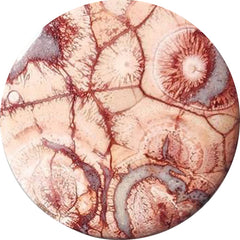 Bird eye jasper (45)
Bird eye jasper (45)
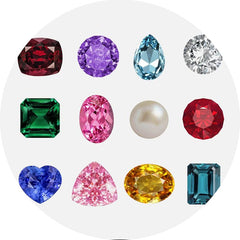 Birthstones (0)
Birthstones (0)
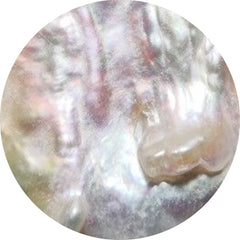 Biwa pearl (34)
Biwa pearl (34)
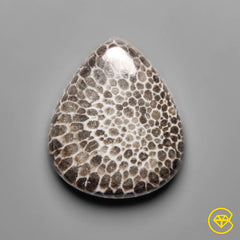 Black gemstones (947)
Black gemstones (947)
 Black onyx (181)
Black onyx (181)
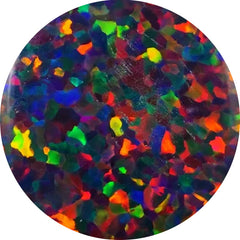 Black opal (34)
Black opal (34)
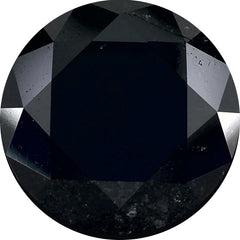 Black spinel (33)
Black spinel (33)
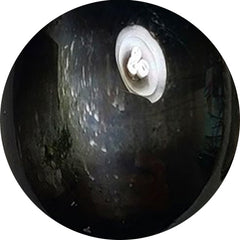 Black star (31)
Black star (31)
 Black tourmaline (78)
Black tourmaline (78)
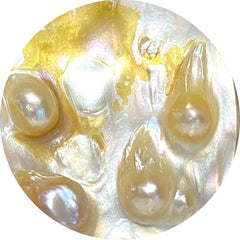 Blister pearl (30)
Blister pearl (30)
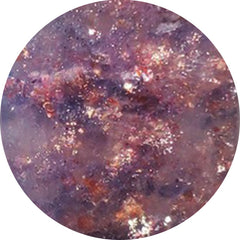 Bloodshot iolite (77)
Bloodshot iolite (77)
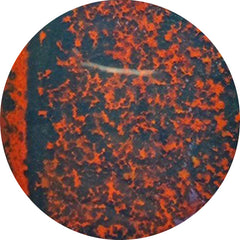 Bloodstone (66)
Bloodstone (66)
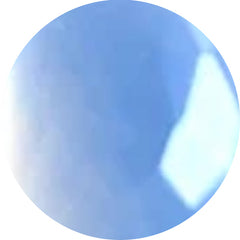 Blue chalcedony (41)
Blue chalcedony (41)
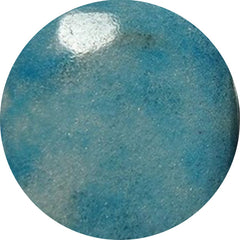 Blue diopside (0)
Blue diopside (0)
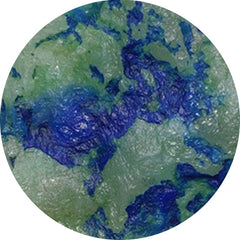 Blue horizon (15)
Blue horizon (15)
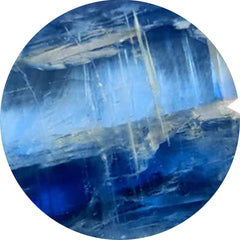 Blue kyanite (34)
Blue kyanite (34)
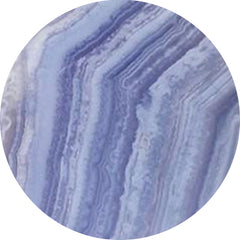 Blue lace agate (256)
Blue lace agate (256)
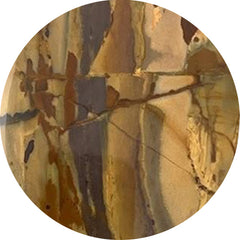 Blue mountain jasper (0)
Blue mountain jasper (0)
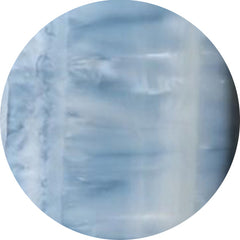 Blue opal (151)
Blue opal (151)
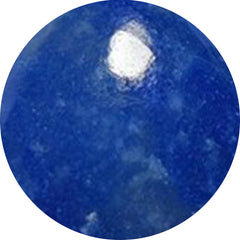 Blue quartz (40)
Blue quartz (40)
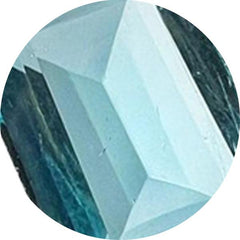 Blue topaz (50)
Blue topaz (50)
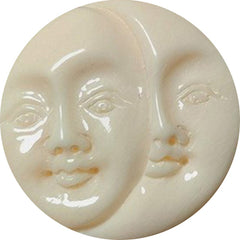 Bone (9)
Bone (9)
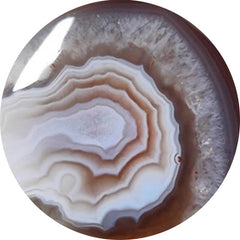 Botswana agate (244)
Botswana agate (244)
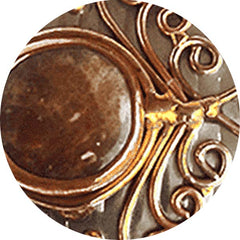 Bronze (0)
Bronze (0)
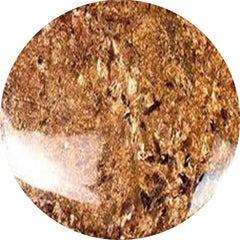 Bronzite (2)
Bronzite (2)
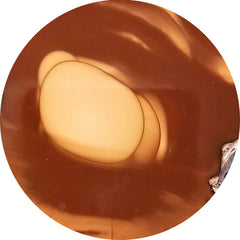 Bruneau jasper (15)
Bruneau jasper (15)
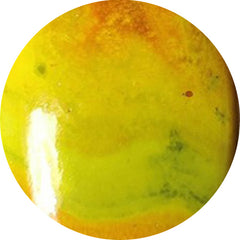 Bumble bee jasper (199)
Bumble bee jasper (199)
 Buy gemstones in usa (863)
Buy gemstones in usa (863)
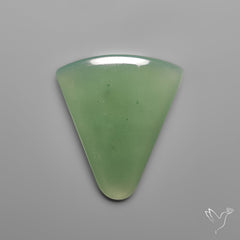 Cabochons (12791)
Cabochons (12791)
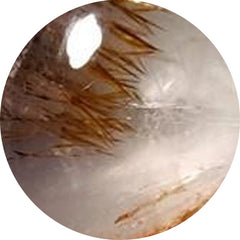 Cacoxenite (65)
Cacoxenite (65)
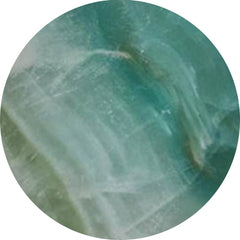 Calcite (220)
Calcite (220)
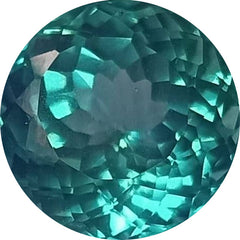 Calibrated (136)
Calibrated (136)
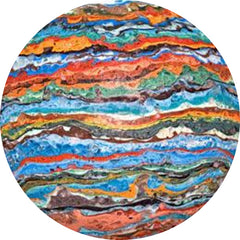 Calsilica (0)
Calsilica (0)
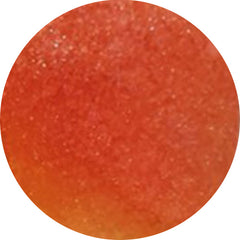 Candy corn (6)
Candy corn (6)
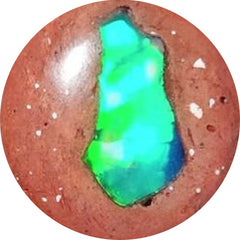 Cantera opal (18)
Cantera opal (18)
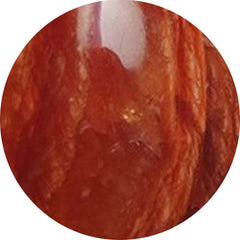 Caramel opal (2)
Caramel opal (2)
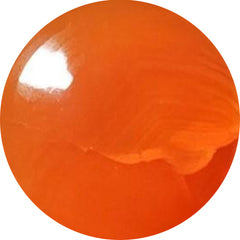 Carnelian (46)
Carnelian (46)
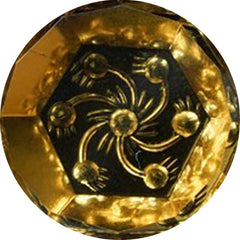 Carving (1784)
Carving (1784)
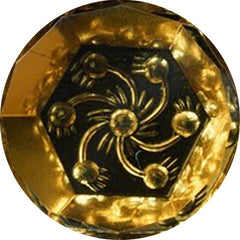 Carvings (2043)
Carvings (2043)
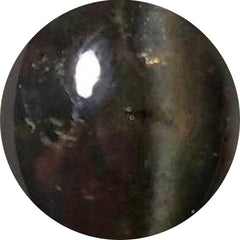 Cats eye (61)
Cats eye (61)
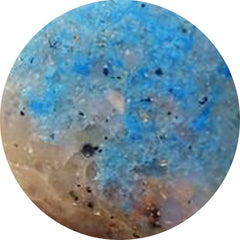 Cavansite (16)
Cavansite (16)
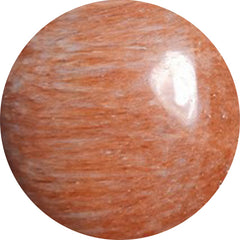 Celestobarite (7)
Celestobarite (7)
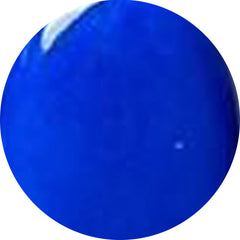 Ceruleite (0)
Ceruleite (0)
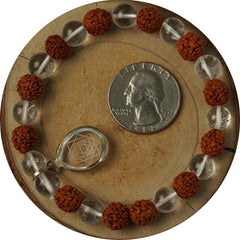 Chakra stone (31)
Chakra stone (31)
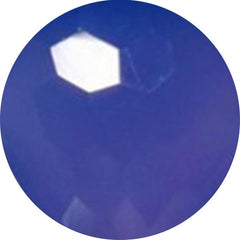 Chalcedony (446)
Chalcedony (446)
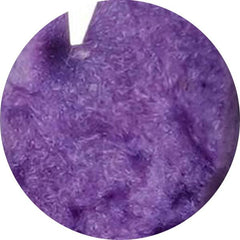 Charoite (189)
Charoite (189)
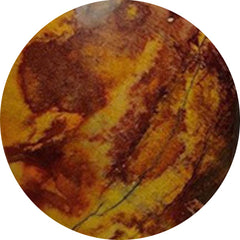 Cherry creek jasper (10)
Cherry creek jasper (10)
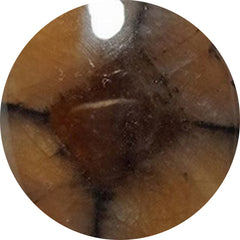 Chiastolite (16)
Chiastolite (16)
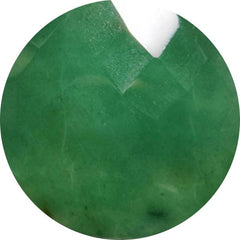 Chrome chalcedony (82)
Chrome chalcedony (82)
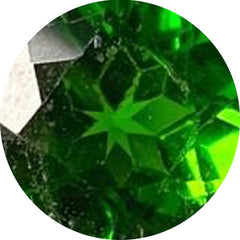 Chrome diopside (20)
Chrome diopside (20)
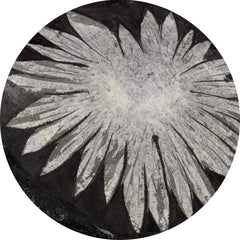 Chrysanthemum fossil (0)
Chrysanthemum fossil (0)
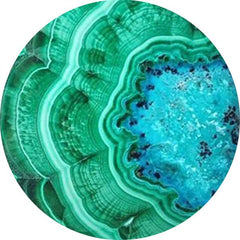 Chrysocolla (407)
Chrysocolla (407)
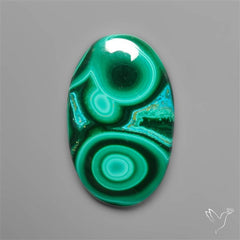 Chrysocolla malachite (76)
Chrysocolla malachite (76)
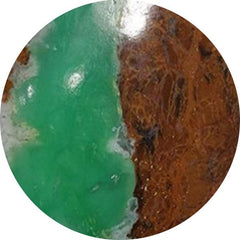 Chrysoprase (322)
Chrysoprase (322)
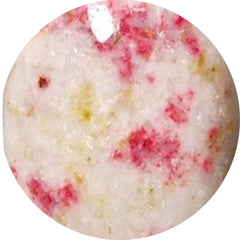 Cinnabar (14)
Cinnabar (14)
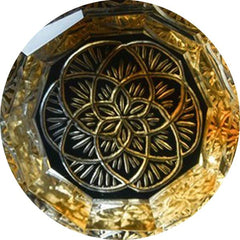 Citrine (110)
Citrine (110)
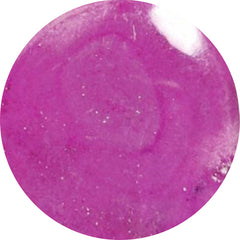 Cobalto calcite (66)
Cobalto calcite (66)
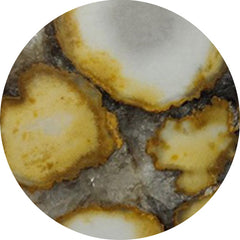 Cobra jasper (30)
Cobra jasper (30)
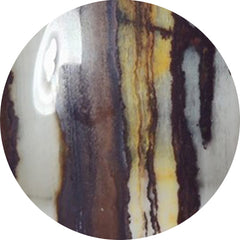 Coconut jasper (2)
Coconut jasper (2)
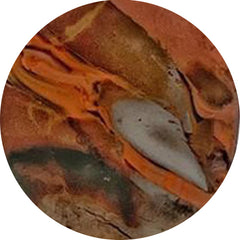 Coffee bean jasper (2)
Coffee bean jasper (2)
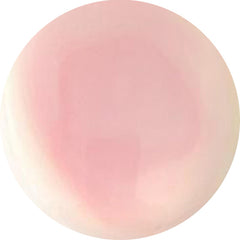 Conch shell (6)
Conch shell (6)
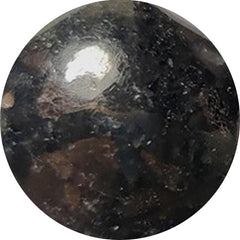 Coppernite (0)
Coppernite (0)
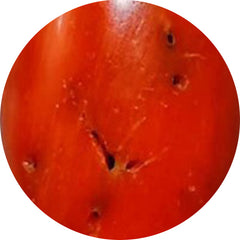 Coral (355)
Coral (355)
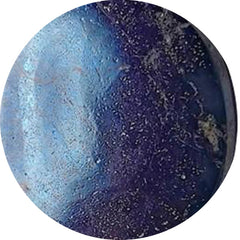 Covellite (4)
Covellite (4)
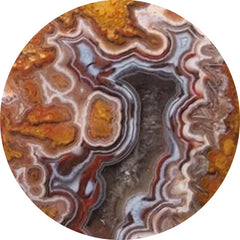 Crazy lace agate (187)
Crazy lace agate (187)
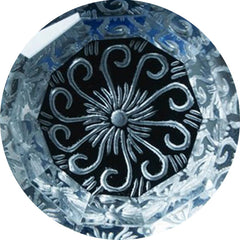 Crystal (204)
Crystal (204)
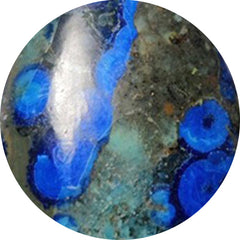 Cuprite (26)
Cuprite (26)
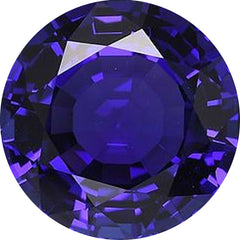 December birthstone (284)
December birthstone (284)
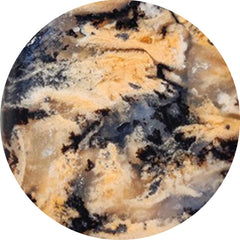 Dendritic agate (442)
Dendritic agate (442)
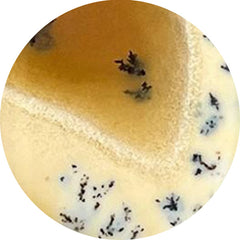 Dendritic opal (75)
Dendritic opal (75)
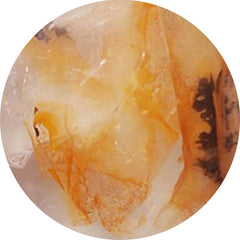 Dendritic quartz (2)
Dendritic quartz (2)
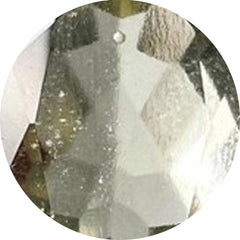 Desert glass (9)
Desert glass (9)
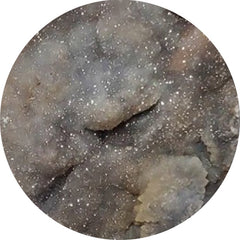 Desert jasper druzy (15)
Desert jasper druzy (15)
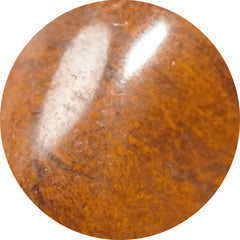 Desert sunset jasper (10)
Desert sunset jasper (10)
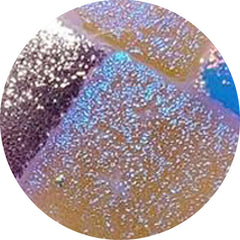 Dichroic glass (145)
Dichroic glass (145)
 Dinosaur bone fossil (3)
Dinosaur bone fossil (3)
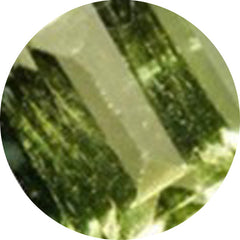 Diopside (54)
Diopside (54)
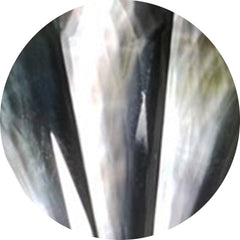 Doublets (876)
Doublets (876)
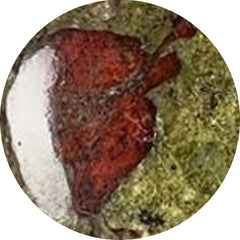 Dragonblood jasper (1)
Dragonblood jasper (1)
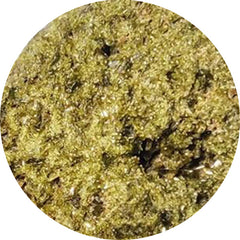 Druzy (422)
Druzy (422)
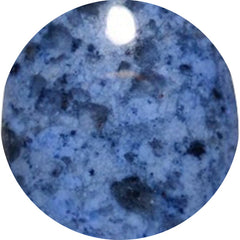 Dumortierite (60)
Dumortierite (60)
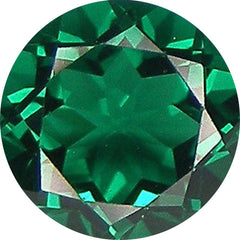 Emerald (63)
Emerald (63)
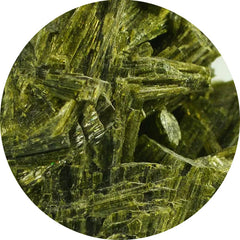 Epidote (10)
Epidote (10)
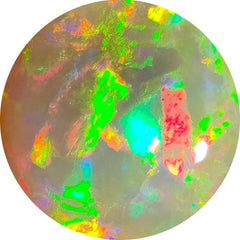 Ethiopian opal (60)
Ethiopian opal (60)
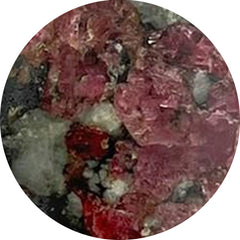 Eudialyte (11)
Eudialyte (11)
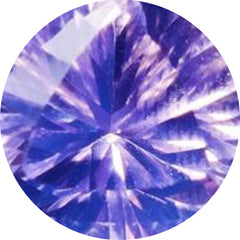 Faceted rose cut (2453)
Faceted rose cut (2453)
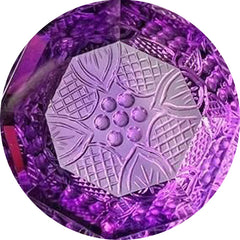 Fantasy cuts (52)
Fantasy cuts (52)
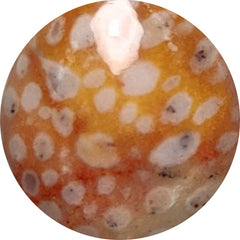 Fawn jasper (13)
Fawn jasper (13)
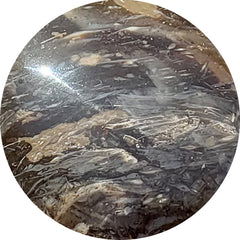 Feather agate (0)
Feather agate (0)
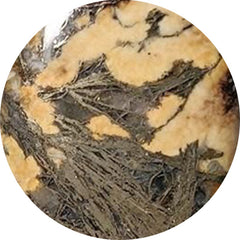 Feather pyrite (39)
Feather pyrite (39)
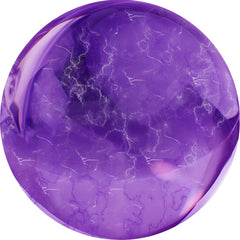 February birthstone (2848)
February birthstone (2848)
 Fine amethyst (32)
Fine amethyst (32)
 Fine ametrine (22)
Fine ametrine (22)
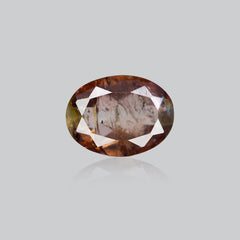 Fine andalusite (1)
Fine andalusite (1)
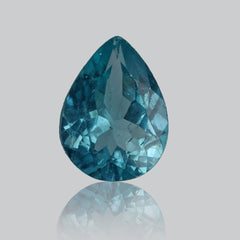 Fine apatite (5)
Fine apatite (5)
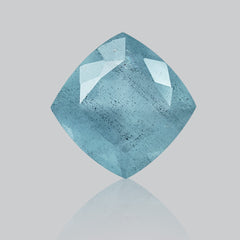 Fine aquamarine (8)
Fine aquamarine (8)
 Fine black opal (6)
Fine black opal (6)
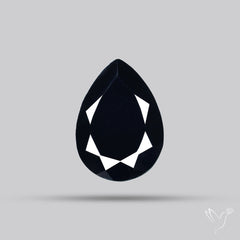 Fine black spinel (14)
Fine black spinel (14)
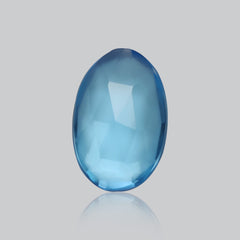 Fine blue topaz (30)
Fine blue topaz (30)
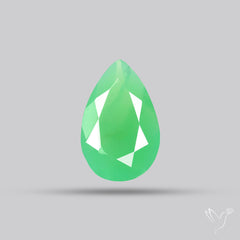 Fine chrysoprase (16)
Fine chrysoprase (16)
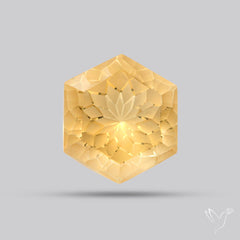 Fine citrine (24)
Fine citrine (24)
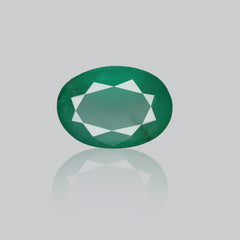 Fine emerald (11)
Fine emerald (11)
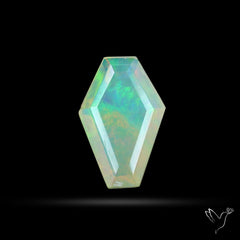 Fine ethiopian opal (18)
Fine ethiopian opal (18)
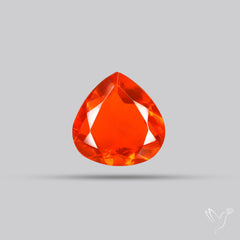 Fine fire opal (7)
Fine fire opal (7)
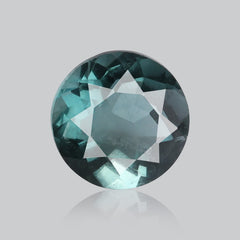 Fine fluorite (12)
Fine fluorite (12)
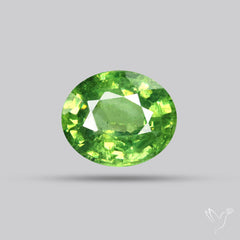 Fine garnet (37)
Fine garnet (37)
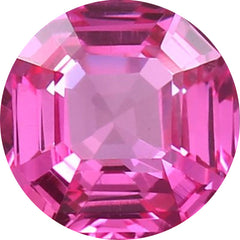 Fine gemstone (0)
Fine gemstone (0)
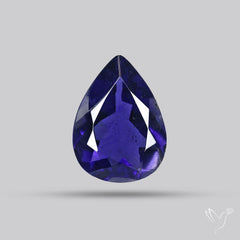 Fine iolite (31)
Fine iolite (31)
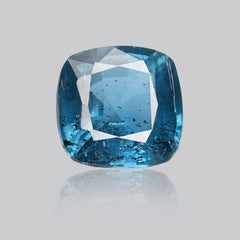 Fine kyanite (28)
Fine kyanite (28)
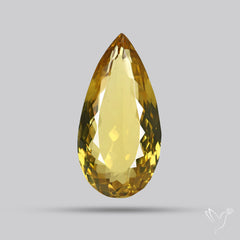 Fine lemon quartz (14)
Fine lemon quartz (14)
 Fine lepidocrocite (46)
Fine lepidocrocite (46)
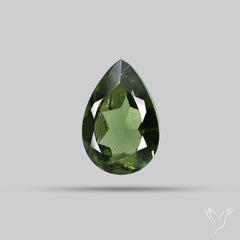 Fine moldavite (21)
Fine moldavite (21)
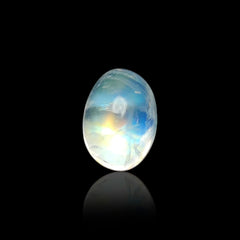 Fine moonstone (7)
Fine moonstone (7)
 Fine peridot (57)
Fine peridot (57)
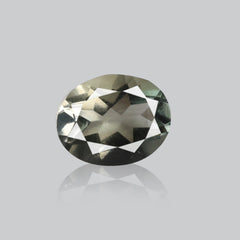 Fine prasiolite (26)
Fine prasiolite (26)
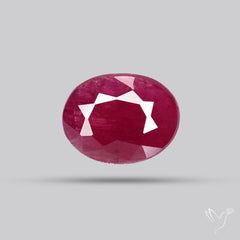 Fine ruby (15)
Fine ruby (15)
 Fine rutilated quartz (19)
Fine rutilated quartz (19)
 Fine sapphire (7)
Fine sapphire (7)
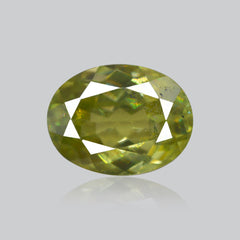 Fine sphene (17)
Fine sphene (17)
 Fine sunstone (79)
Fine sunstone (79)
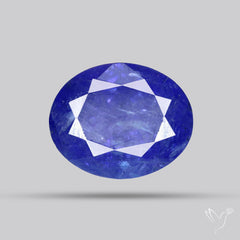 Fine tanzanite (51)
Fine tanzanite (51)
 Fine tourmaline (67)
Fine tourmaline (67)
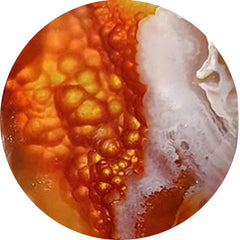 Fire agate (7)
Fire agate (7)
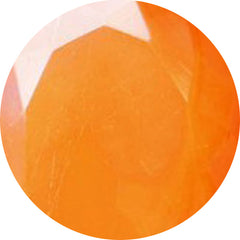 Fire opals (43)
Fire opals (43)
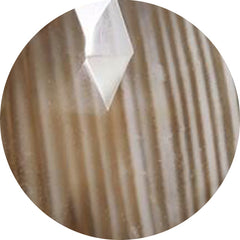 Flint stone (10)
Flint stone (10)
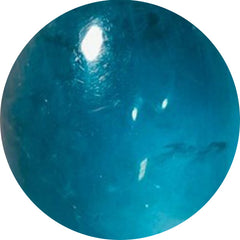 Fluorite (155)
Fluorite (155)
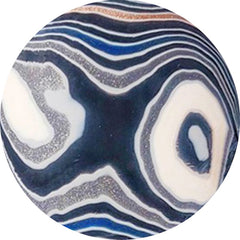 Fordite (63)
Fordite (63)
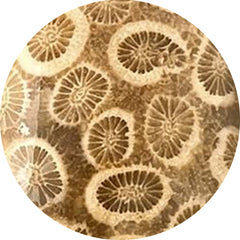 Fossil coral (323)
Fossil coral (323)
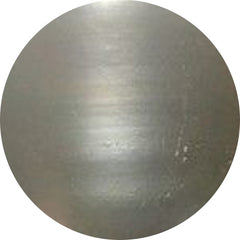 Fossil marston marble (20)
Fossil marston marble (20)
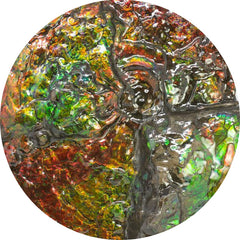 Fossils (518)
Fossils (518)
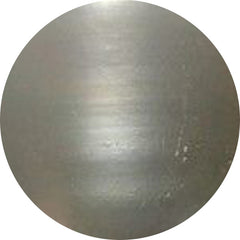 Freshwater pearl (22)
Freshwater pearl (22)
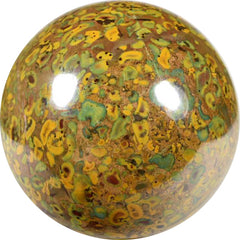 Fruit jasper (14)
Fruit jasper (14)
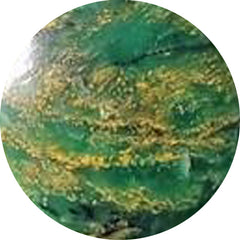 Fuchsite (7)
Fuchsite (7)
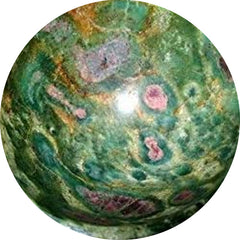 Fuschite (10)
Fuschite (10)
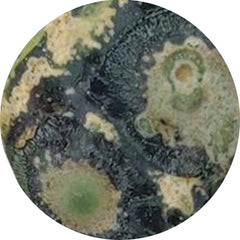 Galaxy jasper (9)
Galaxy jasper (9)
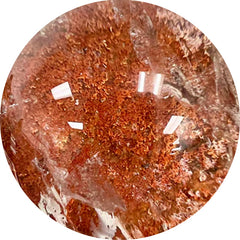 Garden quartz (6)
Garden quartz (6)
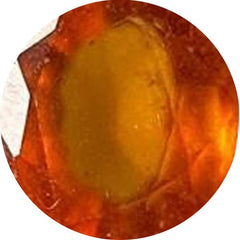 Garnet (119)
Garnet (119)
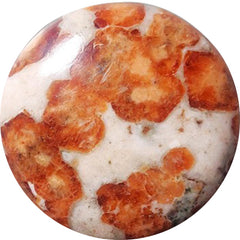 Garnet in limestone (36)
Garnet in limestone (36)
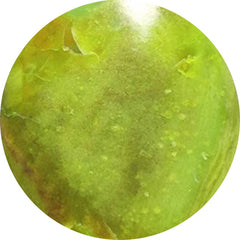 Gaspeite (12)
Gaspeite (12)
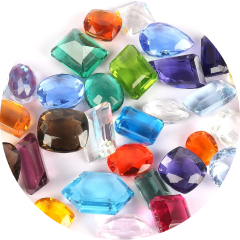 Gemstone lots (438)
Gemstone lots (438)
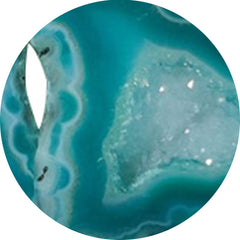 Geode (32)
Geode (32)
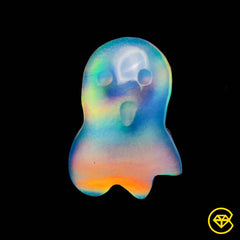 Ghost carving (57)
Ghost carving (57)
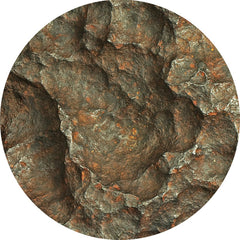 Gibeon meteorite (23)
Gibeon meteorite (23)
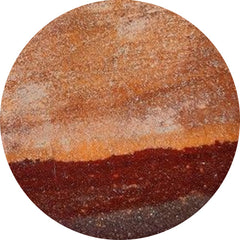 Gila monster agate (16)
Gila monster agate (16)
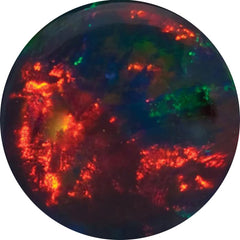 Gilson opal (22)
Gilson opal (22)
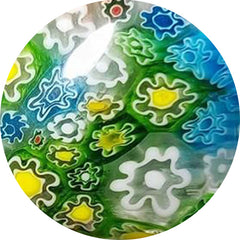 Glass (182)
Glass (182)
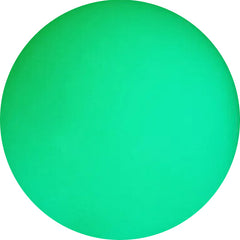 Glow stone (12)
Glow stone (12)
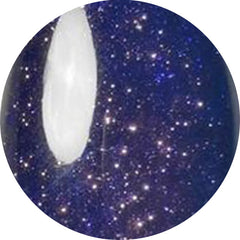 Goldstone (35)
Goldstone (35)
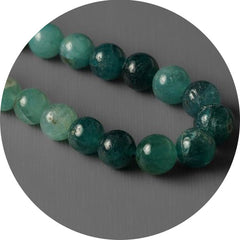 Grandidierite (7)
Grandidierite (7)
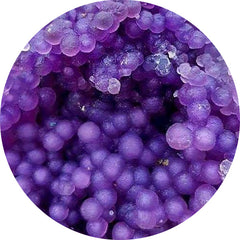 Grape agate (114)
Grape agate (114)
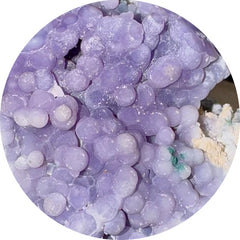 Grape chalcedony (4)
Grape chalcedony (4)
 Green gemstones (448)
Green gemstones (448)
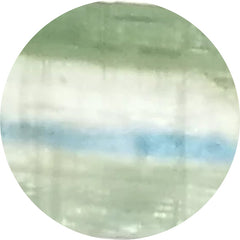 Green kyanite (7)
Green kyanite (7)
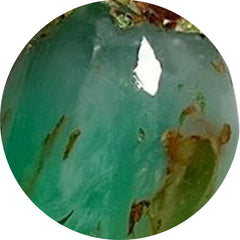 Green prase opal (8)
Green prase opal (8)
 Green tourmaline (24)
Green tourmaline (24)
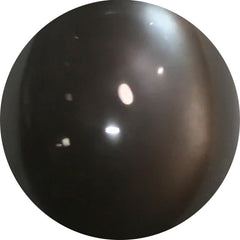 Grey moonstone (31)
Grey moonstone (31)
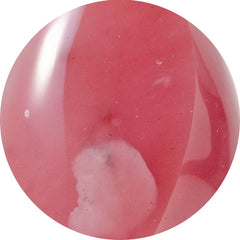 Guava quartz (9)
Guava quartz (9)
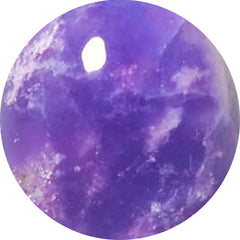 Hackmanite (11)
Hackmanite (11)
 Heart carving (350)
Heart carving (350)
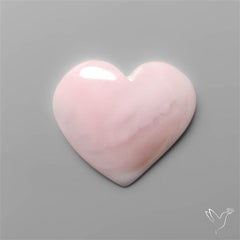 Heart shape gemstones (3)
Heart shape gemstones (3)
 Heliodor (0)
Heliodor (0)
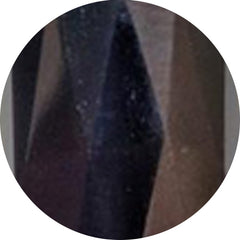 Hematite (37)
Hematite (37)
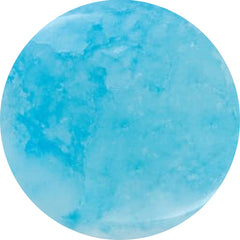 Hemimorphite (54)
Hemimorphite (54)
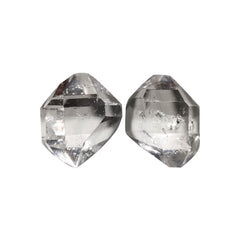 Herkimer diamond (39)
Herkimer diamond (39)
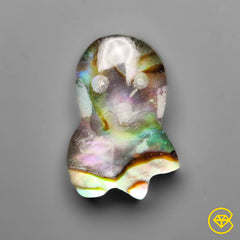 Himalayan quartz (437)
Himalayan quartz (437)
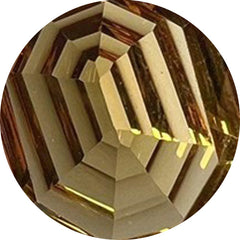 Honey quartz (19)
Honey quartz (19)
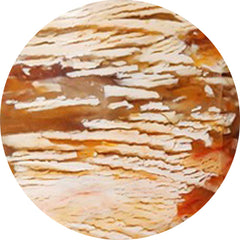 Howardite opal (29)
Howardite opal (29)
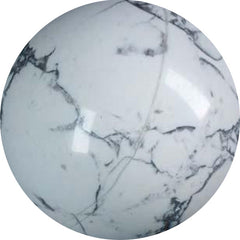 Howlite (4)
Howlite (4)
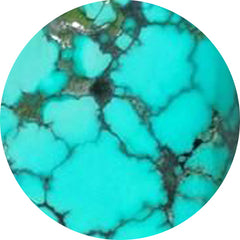 Hubei turquoise (54)
Hubei turquoise (54)
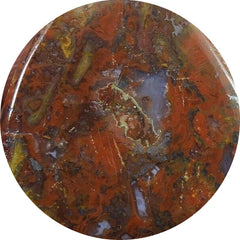 Hungarian agate (1)
Hungarian agate (1)
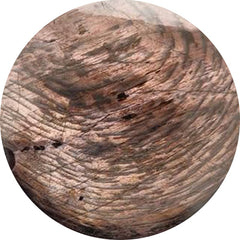 Hypersthene (42)
Hypersthene (42)
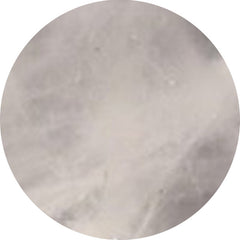 Ice quartz (1)
Ice quartz (1)
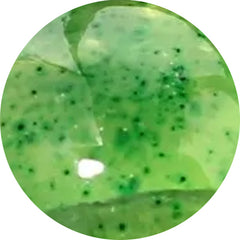 Idocrase (1)
Idocrase (1)
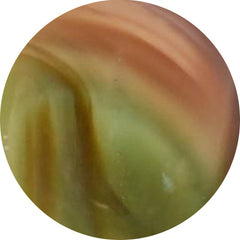 Imperial jasper (115)
Imperial jasper (115)
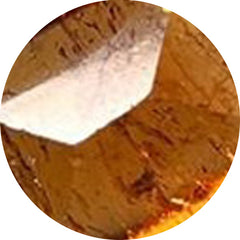 Imperial topaz (0)
Imperial topaz (0)
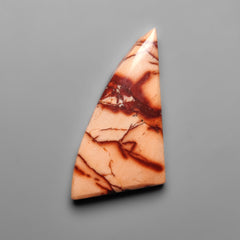 Indian paint stone (5)
Indian paint stone (5)
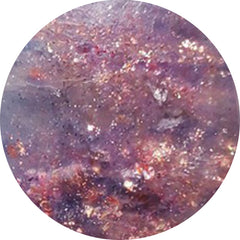 Iolite (160)
Iolite (160)
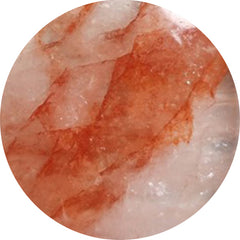 Iron quartz (48)
Iron quartz (48)
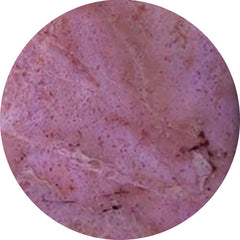 Jade (34)
Jade (34)
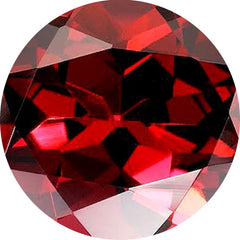 January birthstone (446)
January birthstone (446)
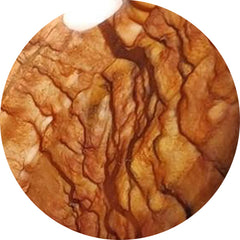 Jaspers (33)
Jaspers (33)
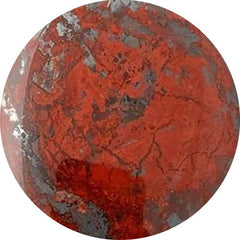 Jaspillite (3)
Jaspillite (3)
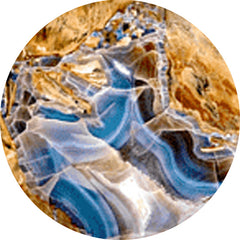 Java chalcedony (16)
Java chalcedony (16)
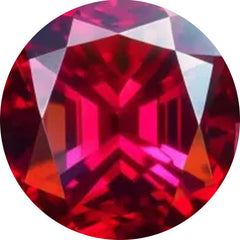 July birthstone (553)
July birthstone (553)
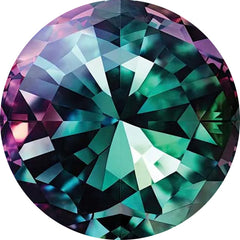 June birthstones: moonstone, pearl, and alexandrite (1061)
June birthstones: moonstone, pearl, and alexandrite (1061)
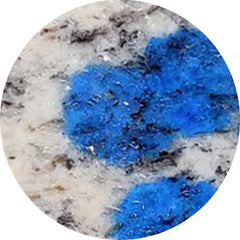 K2 jasper (7)
K2 jasper (7)
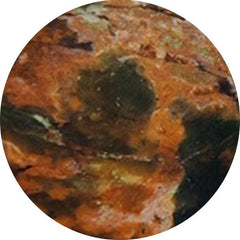 Kaleidoscope agate (0)
Kaleidoscope agate (0)
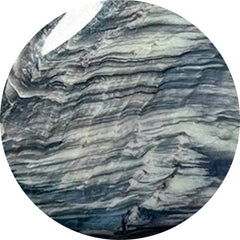 Kammererite (103)
Kammererite (103)
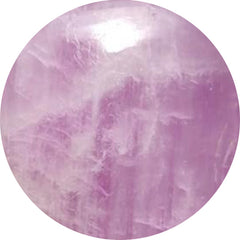 Kunzite (7)
Kunzite (7)
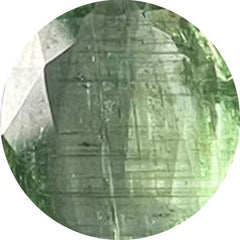 Kyanite (99)
Kyanite (99)
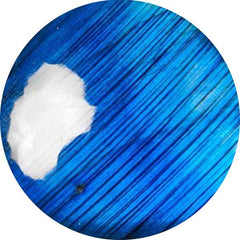 Labradorite (278)
Labradorite (278)
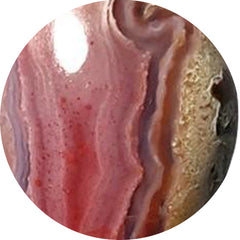 Laguna lace agate (60)
Laguna lace agate (60)
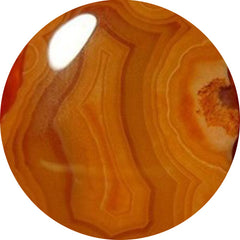 Lake superior agate (25)
Lake superior agate (25)
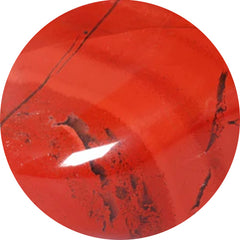 Landscape jasper (0)
Landscape jasper (0)
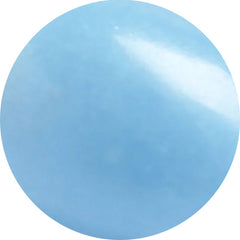 Langite (0)
Langite (0)
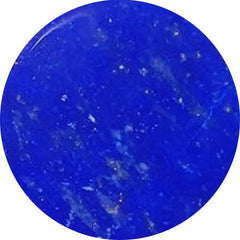 Lapis lazuli (166)
Lapis lazuli (166)
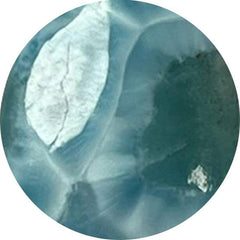 Larimar (126)
Larimar (126)
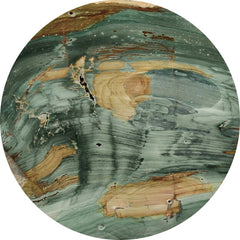 Larsonite (17)
Larsonite (17)
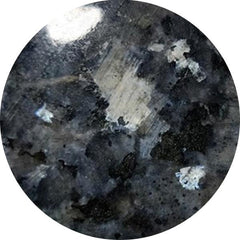 Larvikite feldspar (46)
Larvikite feldspar (46)
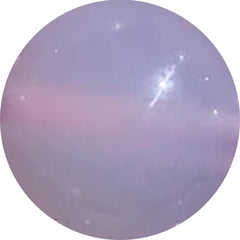 Lavender chalcedony (17)
Lavender chalcedony (17)
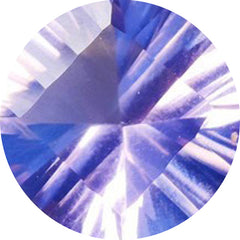 Lavender quartz (5)
Lavender quartz (5)
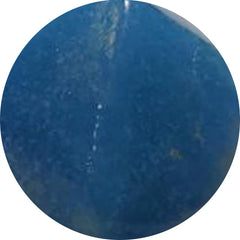 Lazulite (8)
Lazulite (8)
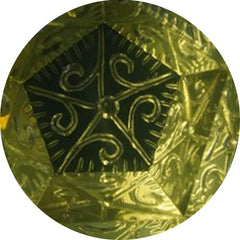 Lemon quartz (44)
Lemon quartz (44)
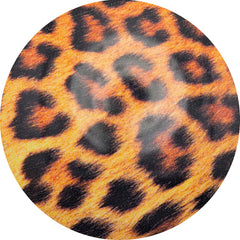 Leopard skin shell (0)
Leopard skin shell (0)
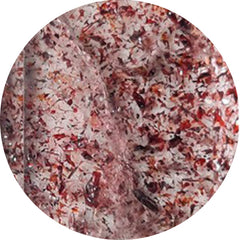 Lepidocrocite (55)
Lepidocrocite (55)
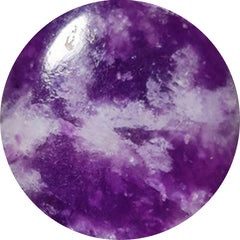 Lepidolite (82)
Lepidolite (82)
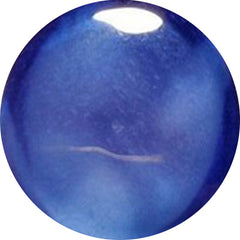 Lindy star sapphire (0)
Lindy star sapphire (0)
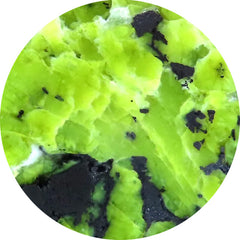 Lizardite (55)
Lizardite (55)
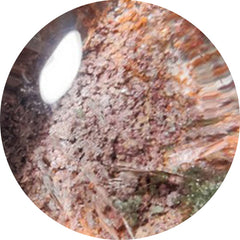 Lodolite (93)
Lodolite (93)
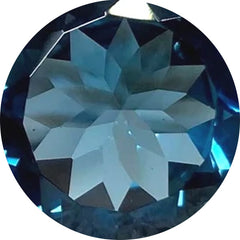 London blue topaz (10)
London blue topaz (10)
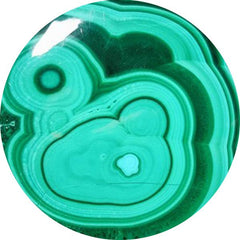 Malachite (577)
Malachite (577)
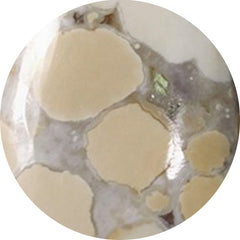 Maligano jasper (71)
Maligano jasper (71)
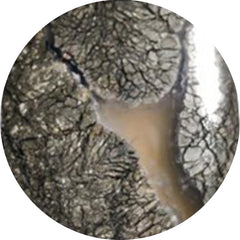 Marcasite (27)
Marcasite (27)
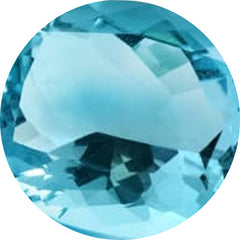 March birthstone (1461)
March birthstone (1461)
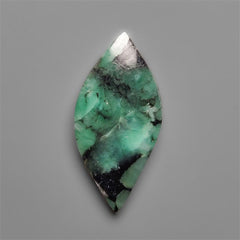 Marquise shape gemstones (5)
Marquise shape gemstones (5)
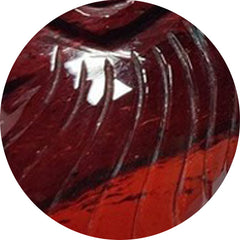 Mary ellen jasper (0)
Mary ellen jasper (0)
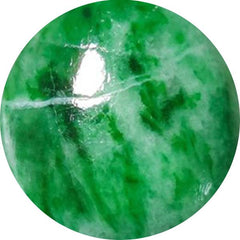 Maw sit sit (16)
Maw sit sit (16)
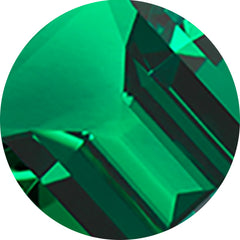 May birthstone (445)
May birthstone (445)
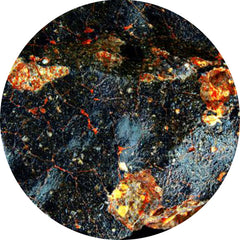 Meteorite (23)
Meteorite (23)
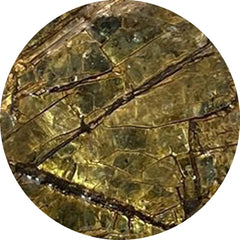 Mica (45)
Mica (45)
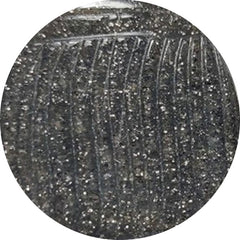 Midnight quartzite (20)
Midnight quartzite (20)
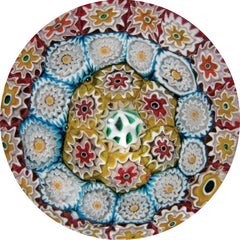 Millefiori glass (2)
Millefiori glass (2)
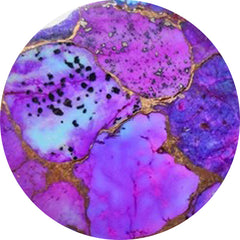 Mohave turquoise (59)
Mohave turquoise (59)
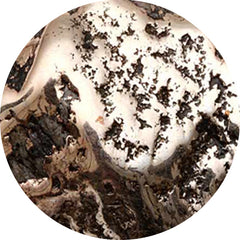 Mohawkites (20)
Mohawkites (20)
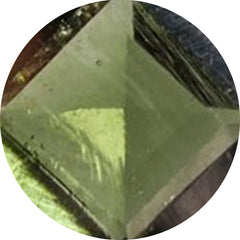 Moldavite (47)
Moldavite (47)
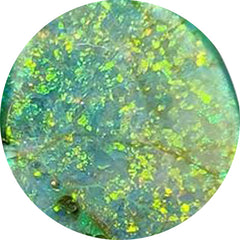 Monarch opal (29)
Monarch opal (29)
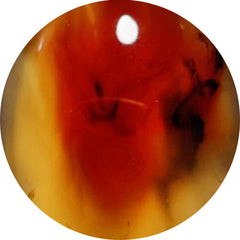 Montana agate (83)
Montana agate (83)
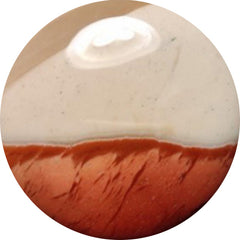 Mookaite (39)
Mookaite (39)
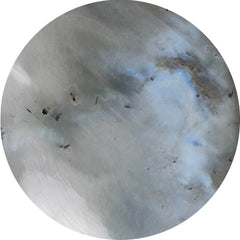 Moonstone (406)
Moonstone (406)
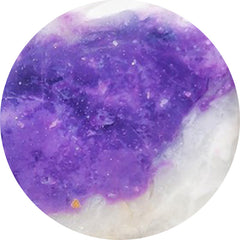 Morado opal (1)
Morado opal (1)
 Morenci turquoise (39)
Morenci turquoise (39)
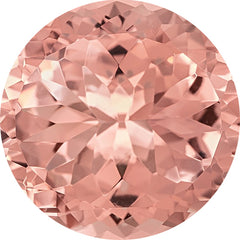 Morganite (0)
Morganite (0)
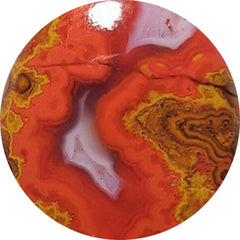 Moroccan seam agate (119)
Moroccan seam agate (119)
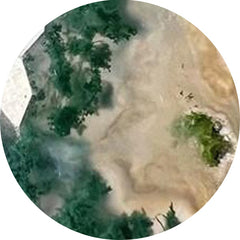 Moss agate (385)
Moss agate (385)
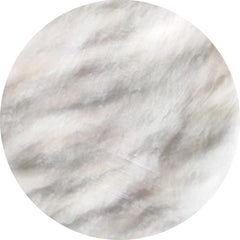 Mother of pearl (528)
Mother of pearl (528)
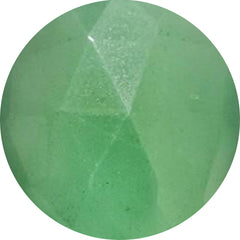 Mtorolite (46)
Mtorolite (46)
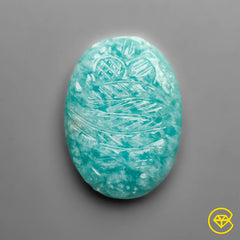 Mughal carving (478)
Mughal carving (478)
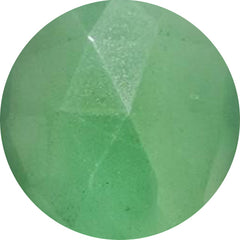 Muscovite (21)
Muscovite (21)
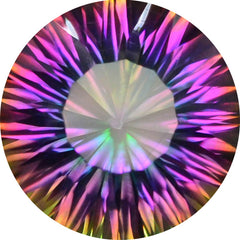 Mystic quartz (1)
Mystic quartz (1)
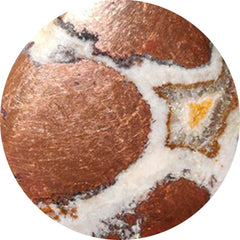 Native copper (34)
Native copper (34)
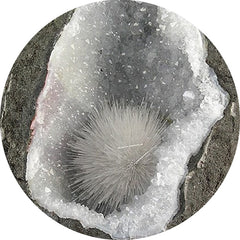 Natrolite (26)
Natrolite (26)
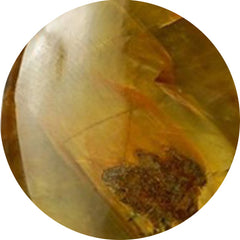 Nellite (6)
Nellite (6)
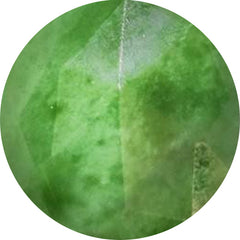 Nephrite jade (2)
Nephrite jade (2)
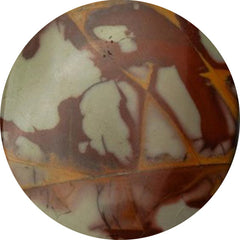 Noreena jasper (28)
Noreena jasper (28)
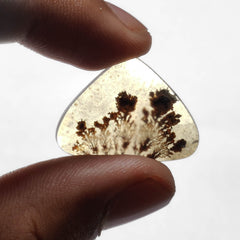 November birthstone (159)
November birthstone (159)
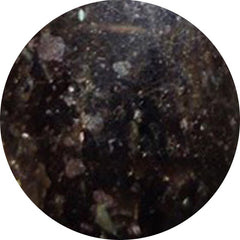 Nuummite (2)
Nuummite (2)
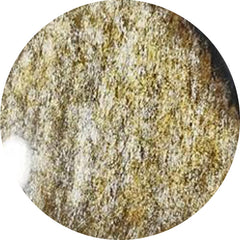 Obsidian (339)
Obsidian (339)
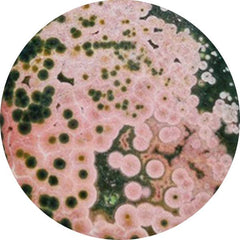 Ocean jasper (253)
Ocean jasper (253)
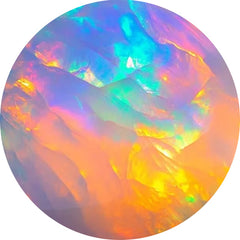 October birthstone (1318)
October birthstone (1318)
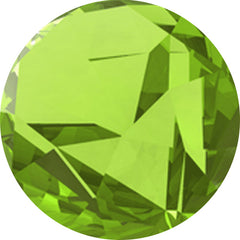 Olive quartz (5)
Olive quartz (5)
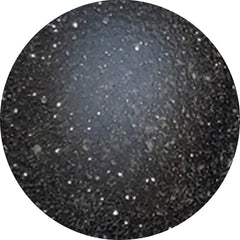 Onyx (288)
Onyx (288)
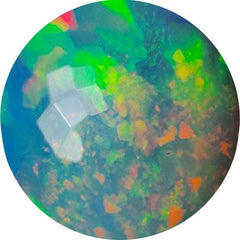 Opal (1086)
Opal (1086)
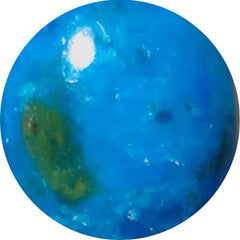 Opalina (11)
Opalina (11)
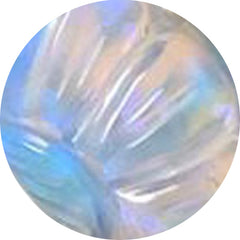 Opalite (30)
Opalite (30)
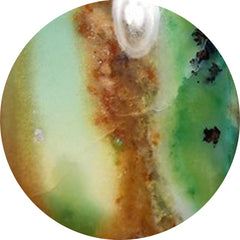 Opalwood (5)
Opalwood (5)
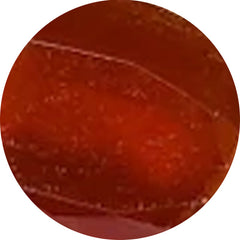 Orange kyanite (2)
Orange kyanite (2)
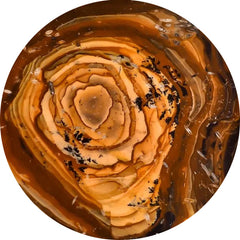 Oregon jasper (7)
Oregon jasper (7)
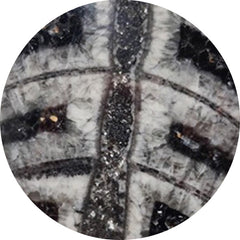 Orthoceras fossil (36)
Orthoceras fossil (36)
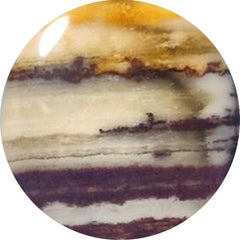 Outback jasper (5)
Outback jasper (5)
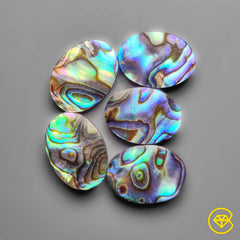 Oval shape gemstones (6)
Oval shape gemstones (6)
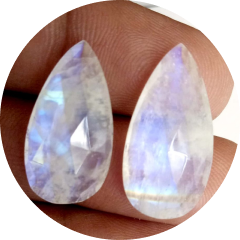 Pairs (949)
Pairs (949)
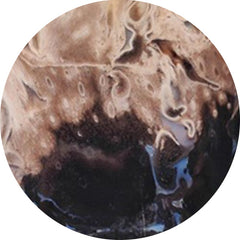 Palmroot agate (92)
Palmroot agate (92)
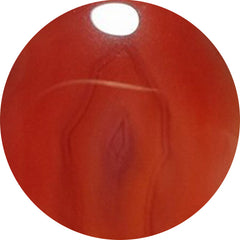 Passion agate (1)
Passion agate (1)
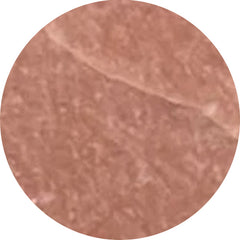 Peach moonstone (46)
Peach moonstone (46)
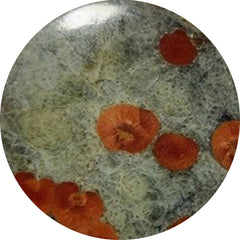 Peanut obsidian (40)
Peanut obsidian (40)
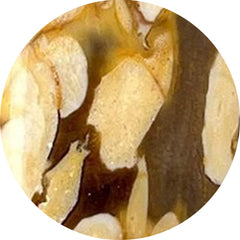 Peanut wood jasper (178)
Peanut wood jasper (178)
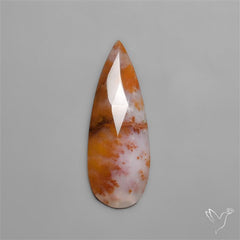 Pear shape gemstones (9)
Pear shape gemstones (9)
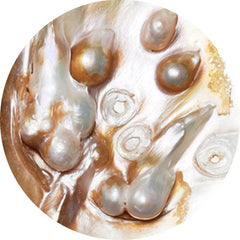 Pearl (655)
Pearl (655)
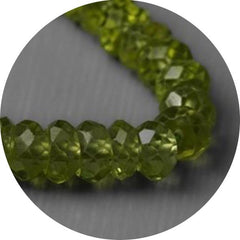 Peridot (60)
Peridot (60)
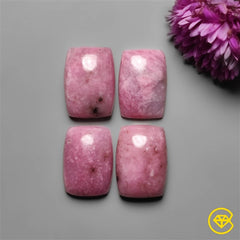 Petalite (25)
Petalite (25)
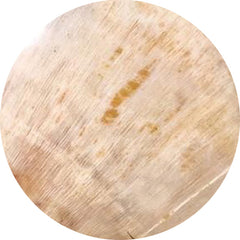 Petrified wood (55)
Petrified wood (55)
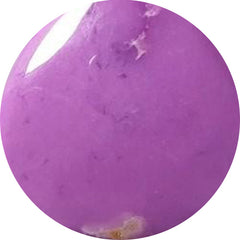 Phosphosiderite (94)
Phosphosiderite (94)
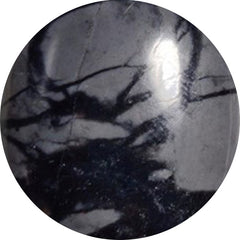 Picasso jasper (81)
Picasso jasper (81)
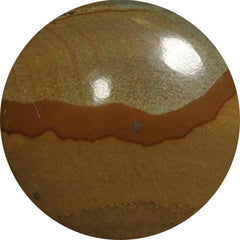 Picture jasper (81)
Picture jasper (81)
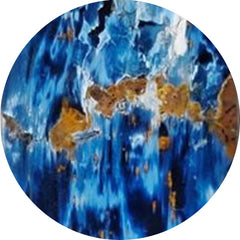 Pietersite (47)
Pietersite (47)
 Pink gemstones (473)
Pink gemstones (473)
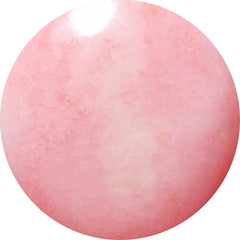 Pink opal (151)
Pink opal (151)
 Pink tourmaline (90)
Pink tourmaline (90)
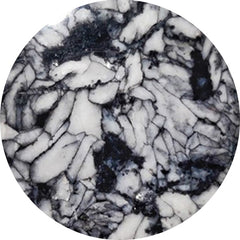 Pinolith (35)
Pinolith (35)
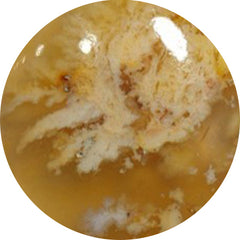 Plume agate (96)
Plume agate (96)
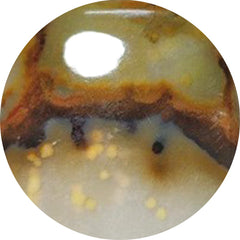 Polka dot agate (42)
Polka dot agate (42)
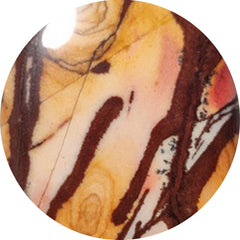 Polychrome jasper (42)
Polychrome jasper (42)
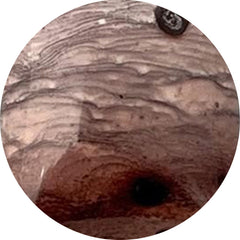 Porcelain jasper (30)
Porcelain jasper (30)
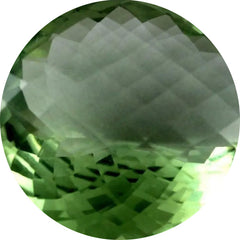 Prasiolite (45)
Prasiolite (45)
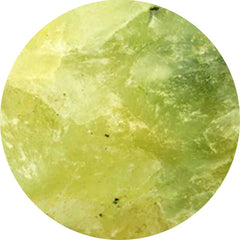 Prehnite (22)
Prehnite (22)
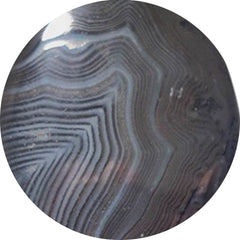 Psilomelane (23)
Psilomelane (23)
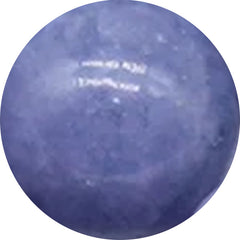 Purple chalcedony (45)
Purple chalcedony (45)
 Purple gemstones (1014)
Purple gemstones (1014)
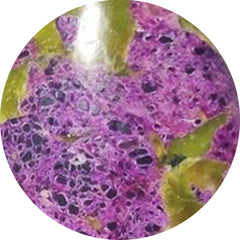 Purpurite (7)
Purpurite (7)
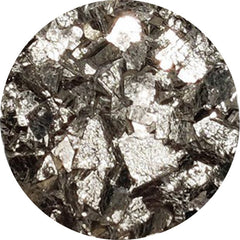 Pyrite (137)
Pyrite (137)
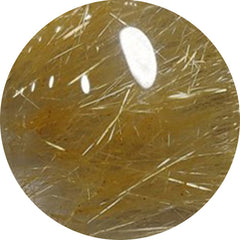 Quartz (125)
Quartz (125)
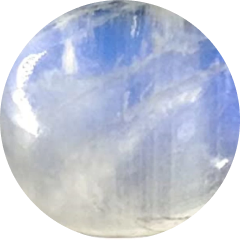 Rain moonstones (0)
Rain moonstones (0)
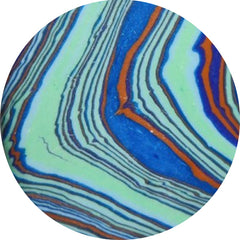 Rainbow calcilica (11)
Rainbow calcilica (11)
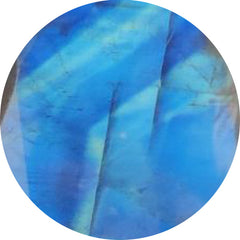 Rainbow moonstone (87)
Rainbow moonstone (87)
 Red coral (8)
Red coral (8)
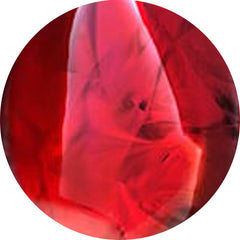 Red fossil (0)
Red fossil (0)
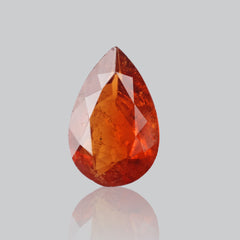 Red gemstones (365)
Red gemstones (365)
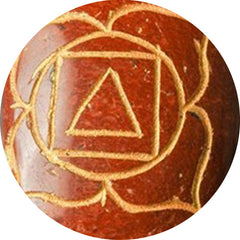 Red jasper (3)
Red jasper (3)
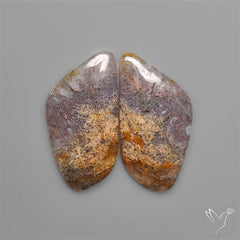 Red moss agate (76)
Red moss agate (76)
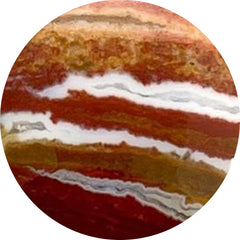 Red river jasper (16)
Red river jasper (16)
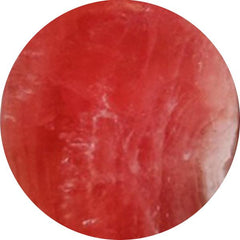 Rhodochrosite (405)
Rhodochrosite (405)
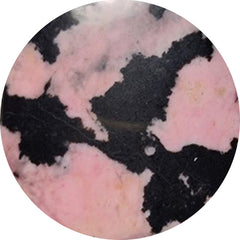 Rhodonite (81)
Rhodonite (81)
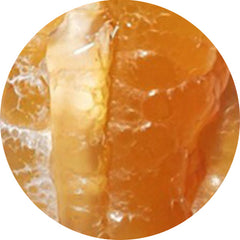 Rock chalcedony (2)
Rock chalcedony (2)
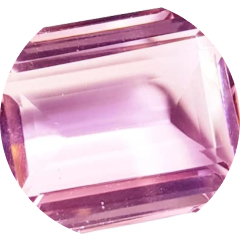 Rose cut gemstones (727)
Rose cut gemstones (727)
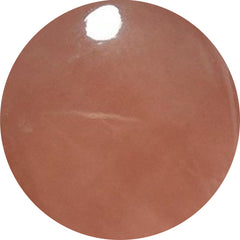 Rose quartz (54)
Rose quartz (54)
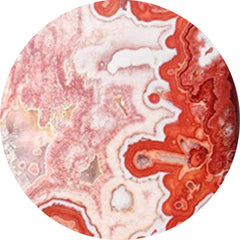 Rosita jasper (10)
Rosita jasper (10)
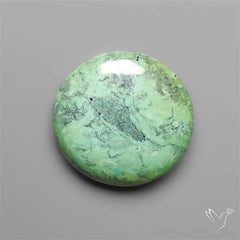 Round shape gemstones (6)
Round shape gemstones (6)
 Ruby (200)
Ruby (200)
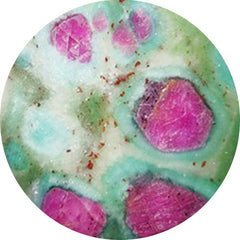 Ruby in fuchsite (6)
Ruby in fuchsite (6)
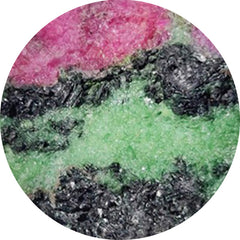 Ruby in zoisite (93)
Ruby in zoisite (93)
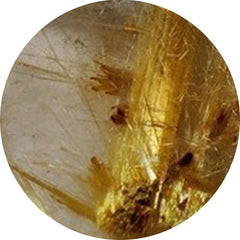 Rutilated quartz (263)
Rutilated quartz (263)
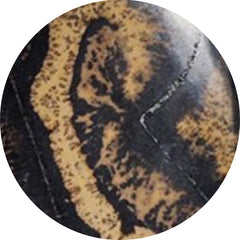 Sage brush jasper (27)
Sage brush jasper (27)
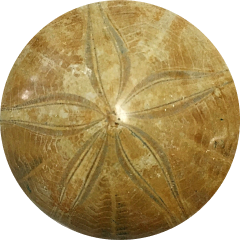 Sand dollar fossil (3)
Sand dollar fossil (3)
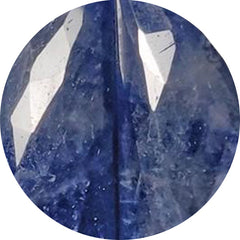 Sapphire (34)
Sapphire (34)
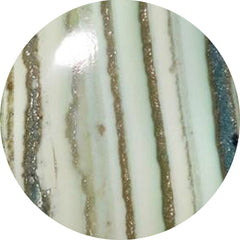 Saturn chalcedony (57)
Saturn chalcedony (57)
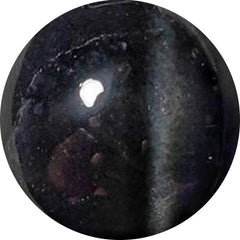 Scapolite (13)
Scapolite (13)
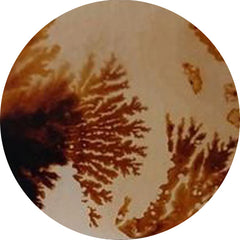 Scenic agate (99)
Scenic agate (99)
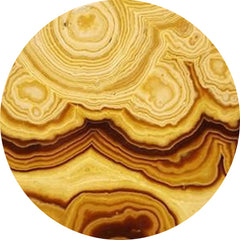 Schalenblende (88)
Schalenblende (88)
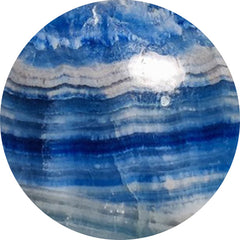 Scheelite (37)
Scheelite (37)
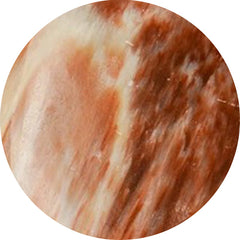 Scolecite (53)
Scolecite (53)
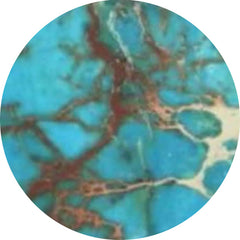 Sea sediment jasper (0)
Sea sediment jasper (0)
 Selenite (13)
Selenite (13)
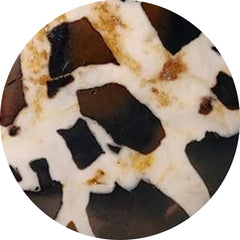 Septarian (92)
Septarian (92)
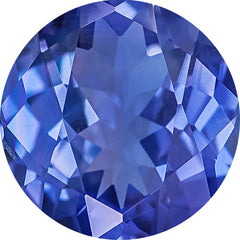 September birthstone (202)
September birthstone (202)
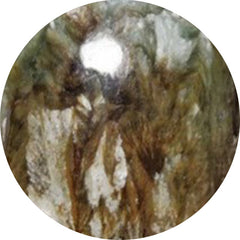 Seraphinite (81)
Seraphinite (81)
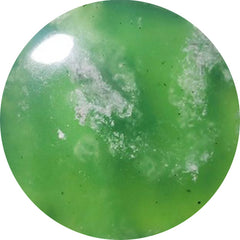 Serpentine (165)
Serpentine (165)
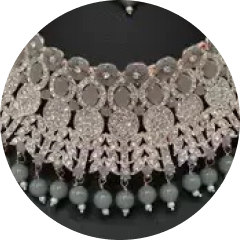 Sets (37)
Sets (37)
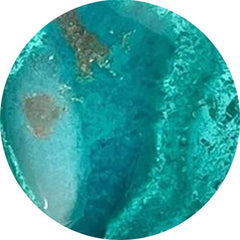 Shattuckite (278)
Shattuckite (278)
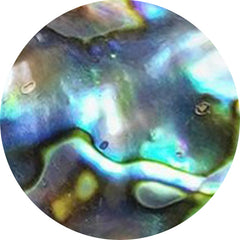 Shell (294)
Shell (294)
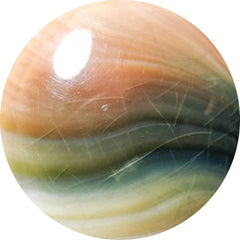 Shiva eye shell (46)
Shiva eye shell (46)
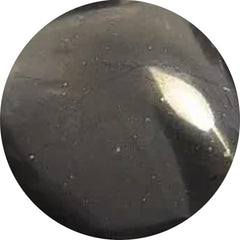 Shungite (4)
Shungite (4)
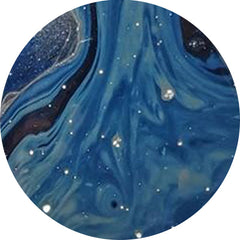 Sieber agate (0)
Sieber agate (0)
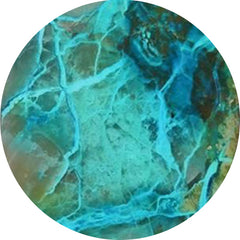 Silica (4)
Silica (4)
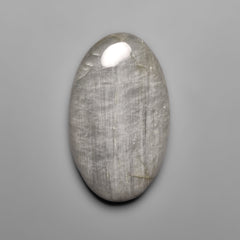 Silver leaf jasper (7)
Silver leaf jasper (7)
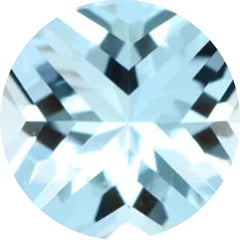 Sky blue topaz (5)
Sky blue topaz (5)
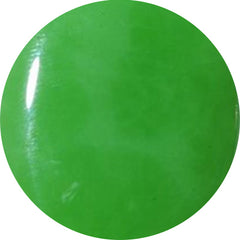 Smithsonite (29)
Smithsonite (29)
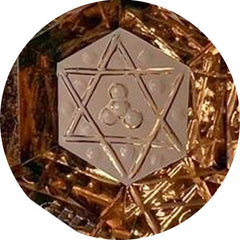 Smoky quartz (23)
Smoky quartz (23)
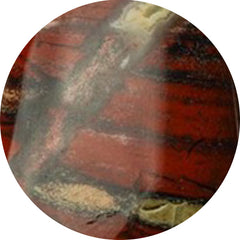 Snakeskin jasper (48)
Snakeskin jasper (48)
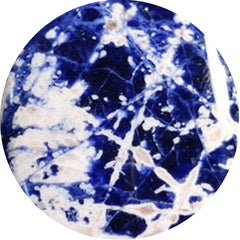 Sodalite (72)
Sodalite (72)
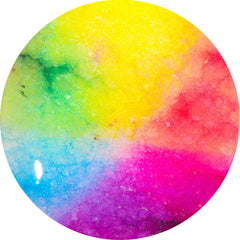 Solar agate (1)
Solar agate (1)
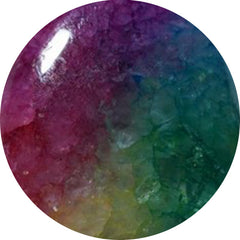 Solar quartz (51)
Solar quartz (51)
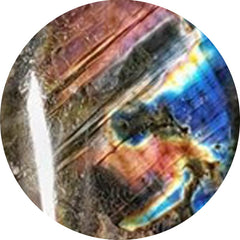 Spectrolite (128)
Spectrolite (128)
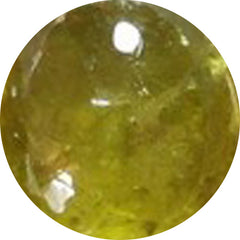 Sphence (25)
Sphence (25)
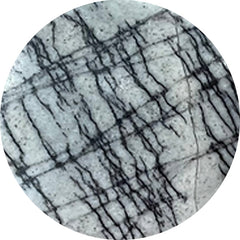 Spiderweb jasper (1)
Spiderweb jasper (1)
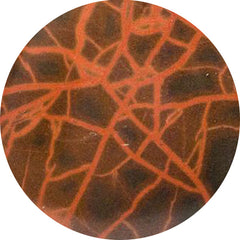 Spiderwoman jasper (0)
Spiderwoman jasper (0)
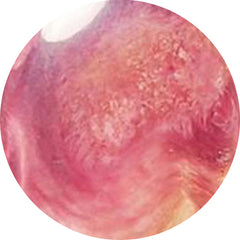 Spiny oyster shell (66)
Spiny oyster shell (66)
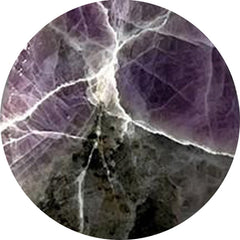 Spurrite (7)
Spurrite (7)
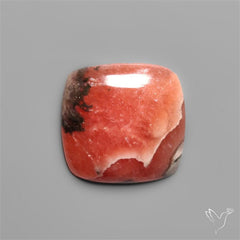 Square shape gemstones (10)
Square shape gemstones (10)
 Starburst (2)
Starburst (2)
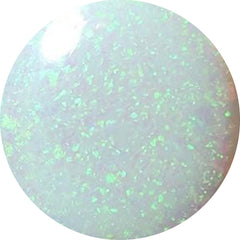 Sterling opal (11)
Sterling opal (11)
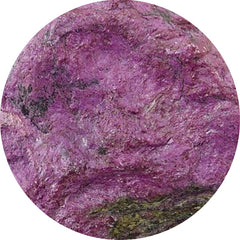 Stichtite (37)
Stichtite (37)
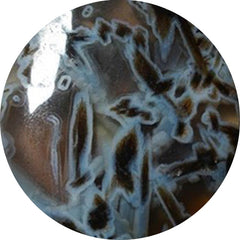 Stick agate (6)
Stick agate (6)
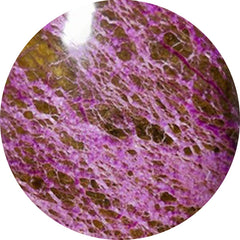 Stitchtite (122)
Stitchtite (122)
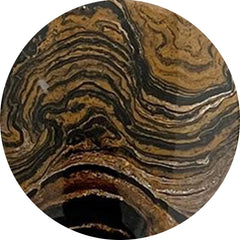 Stramatolite (0)
Stramatolite (0)
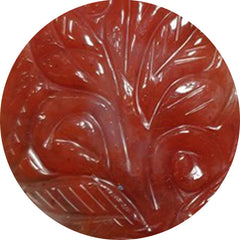 Strawberry quartz (8)
Strawberry quartz (8)
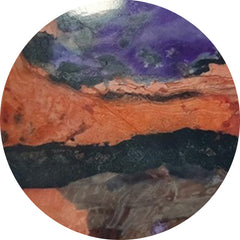 Sugilite (0)
Sugilite (0)
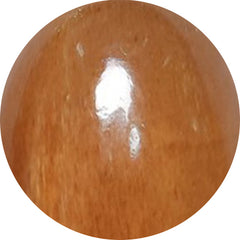 Sunstone (270)
Sunstone (270)
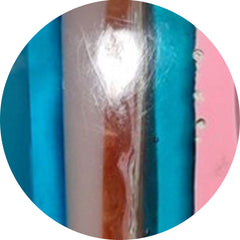 Surfite (1)
Surfite (1)
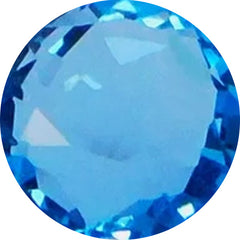 Swiss blue topaz (32)
Swiss blue topaz (32)
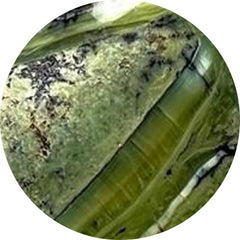 Swiss opal (3)
Swiss opal (3)
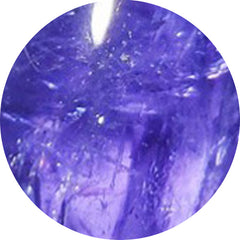 Tanzanite (52)
Tanzanite (52)
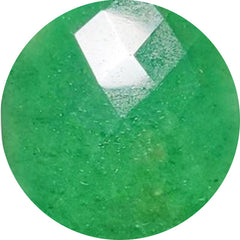 Tanzurine (12)
Tanzurine (12)
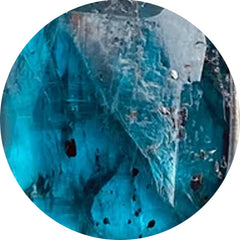 Teal kyanite (9)
Teal kyanite (9)
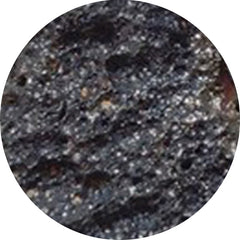 Tektite (42)
Tektite (42)
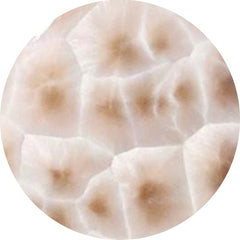 Thomsonite (35)
Thomsonite (35)
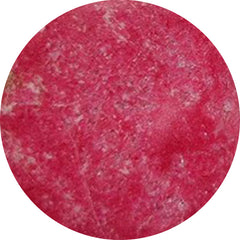 Thulite (80)
Thulite (80)
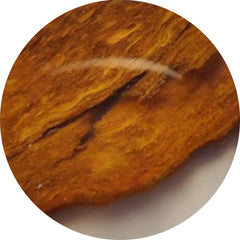 Thunder egg agate (0)
Thunder egg agate (0)
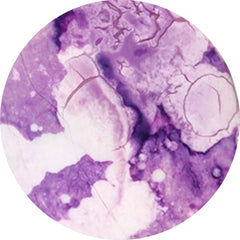 Tiffany stone (6)
Tiffany stone (6)
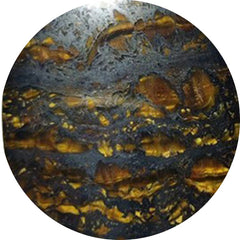 Tiger eye (66)
Tiger eye (66)
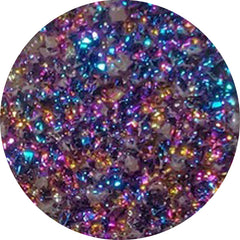 Titanium druzy (5)
Titanium druzy (5)
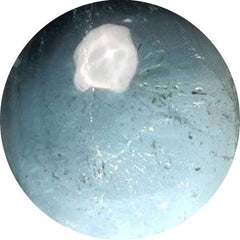 Topaz (50)
Topaz (50)
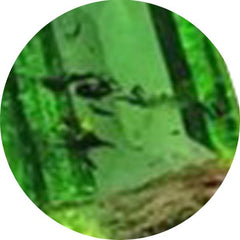 Tourmaline (245)
Tourmaline (245)
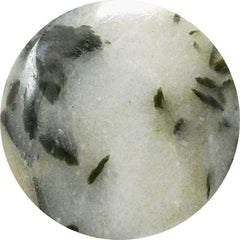 Tourmaline in quartz (86)
Tourmaline in quartz (86)
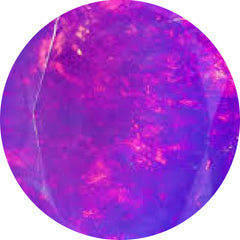 Treated opal (36)
Treated opal (36)
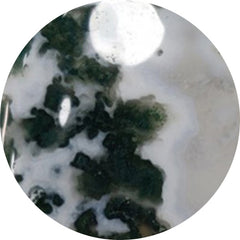 Tree agate (31)
Tree agate (31)
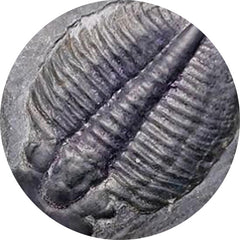 Trilobite fossil (18)
Trilobite fossil (18)
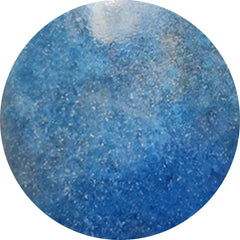 Trolleite quartz (30)
Trolleite quartz (30)
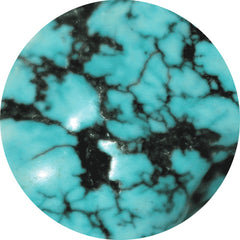 Tumbles (1)
Tumbles (1)
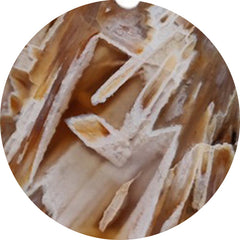 Turkish tube agate (63)
Turkish tube agate (63)
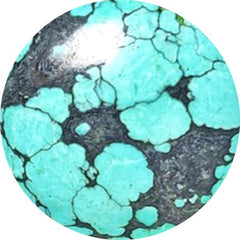 Turquoise (234)
Turquoise (234)
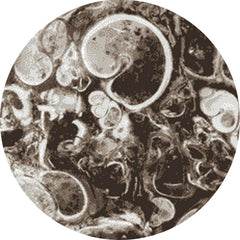 Turritella jasper (3)
Turritella jasper (3)
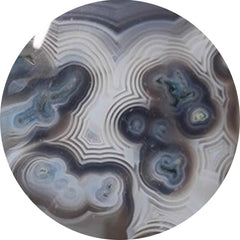 Tuxedo agate (64)
Tuxedo agate (64)
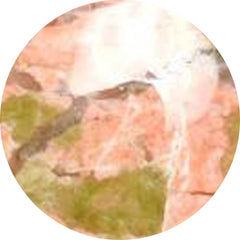 Unakite (3)
Unakite (3)
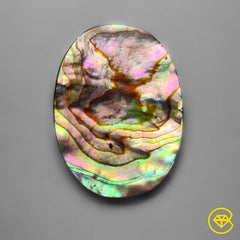 Under $10 (4067)
Under $10 (4067)
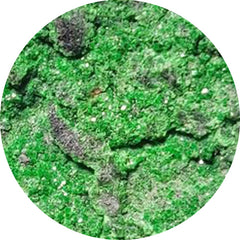 Uvarovite garnet (3)
Uvarovite garnet (3)
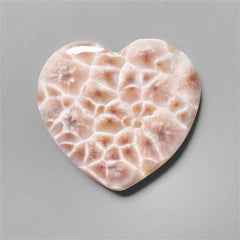 Valentine (802)
Valentine (802)
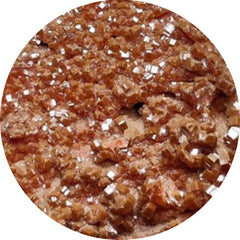 Vanadinite druzy (9)
Vanadinite druzy (9)
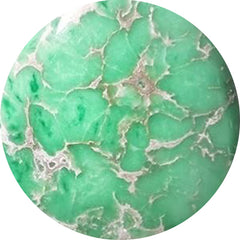 Variscite (137)
Variscite (137)
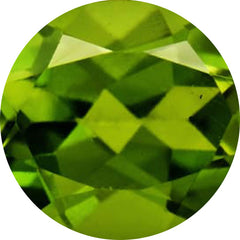 Vesuvianite (1)
Vesuvianite (1)
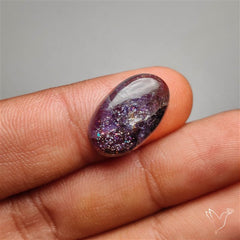 Video collection (268)
Video collection (268)
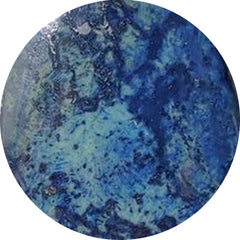 Vivianite (2)
Vivianite (2)
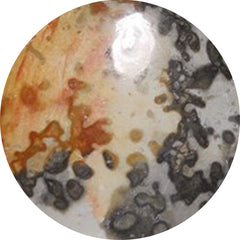 Volcanic cotham marble (7)
Volcanic cotham marble (7)
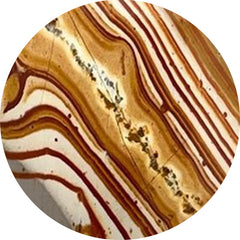 Wagul jasper (3)
Wagul jasper (3)
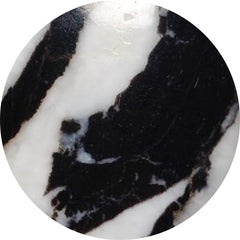 White buffalo turquoise (16)
White buffalo turquoise (16)
 White gemstones (1222)
White gemstones (1222)
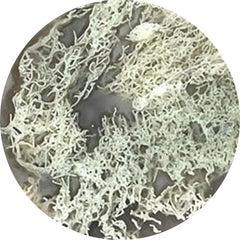 White horse canyon (45)
White horse canyon (45)
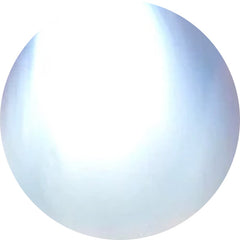 White moonstone (35)
White moonstone (35)
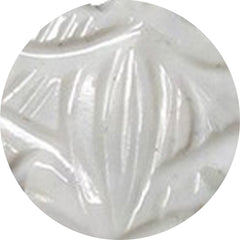 White opal (12)
White opal (12)
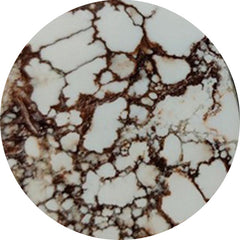 Wild horse jasper (116)
Wild horse jasper (116)
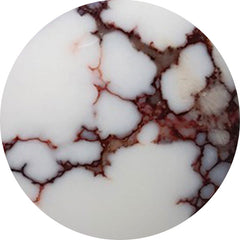 Wild horse magnesite (50)
Wild horse magnesite (50)
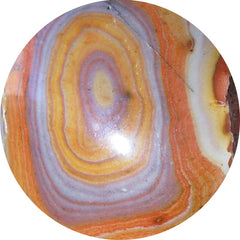 Wonder stone (0)
Wonder stone (0)
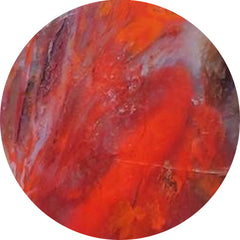 Wood (208)
Wood (208)
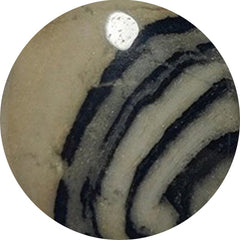 Yavapai travertine (0)
Yavapai travertine (0)
 Yellow gemstones (173)
Yellow gemstones (173)
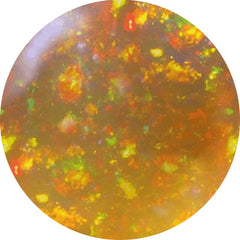 Yellow opal (7)
Yellow opal (7)
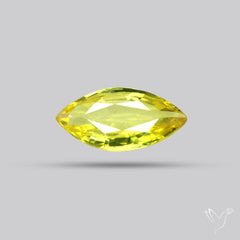 Yellow sapphire (7)
Yellow sapphire (7)
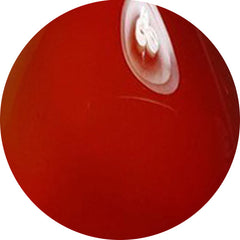 Yemeni aqeeq (0)
Yemeni aqeeq (0)
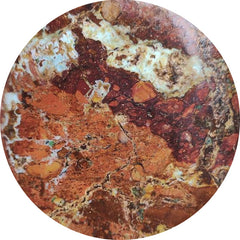 Zarinite (0)
Zarinite (0)
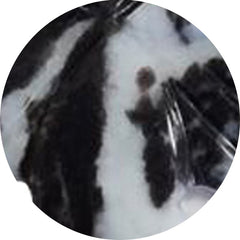 Zebra jasper (1)
Zebra jasper (1)
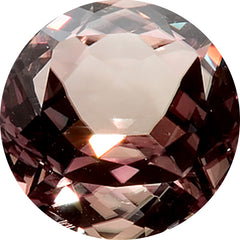 Zultanite (4)
Zultanite (4)






















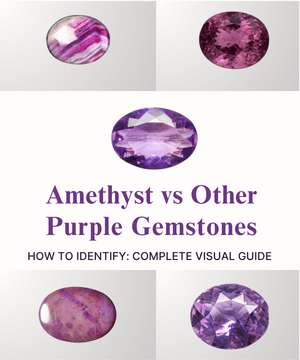





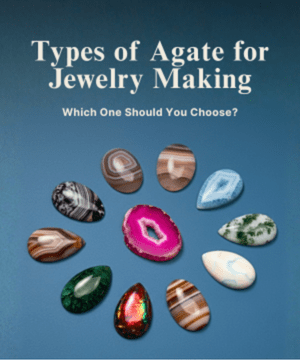
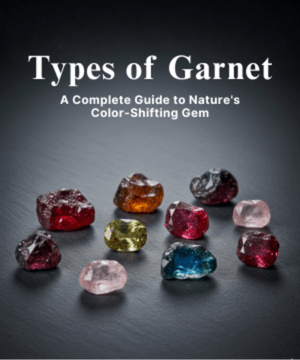
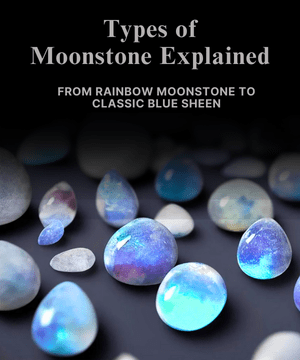
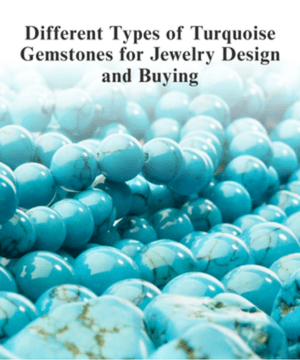


Leave a Comment